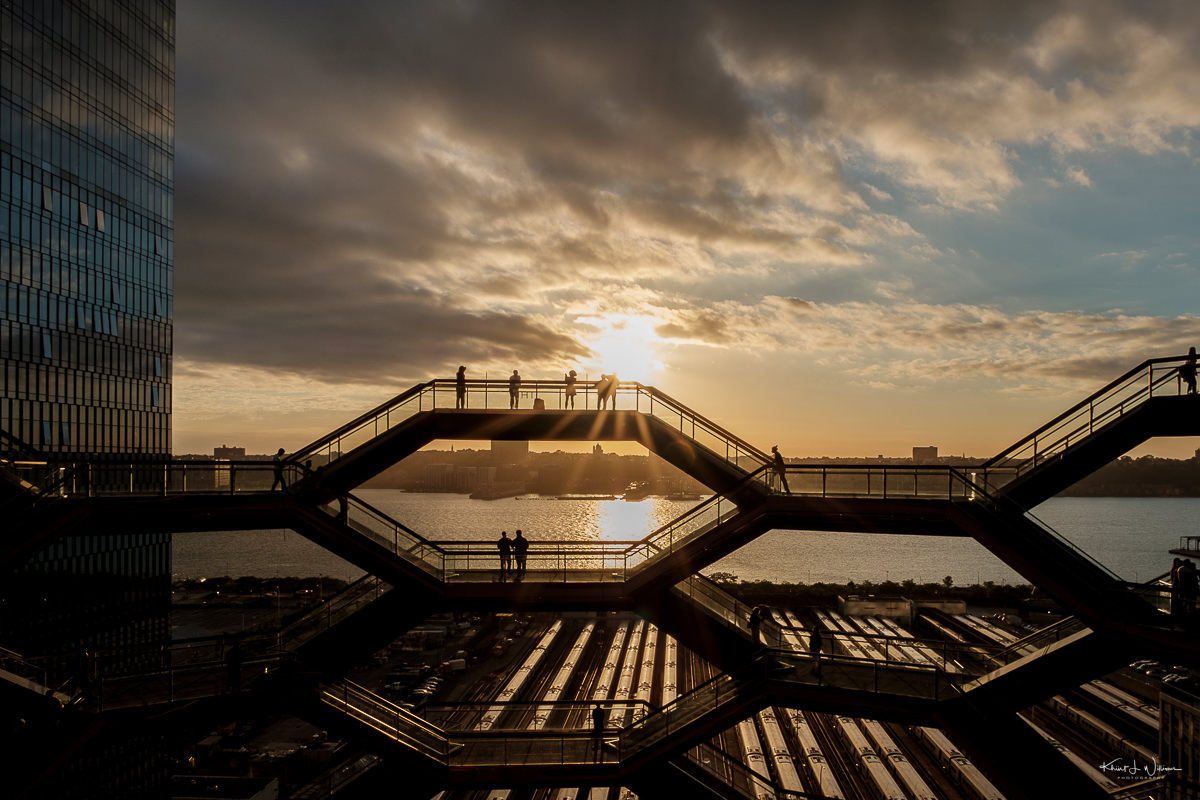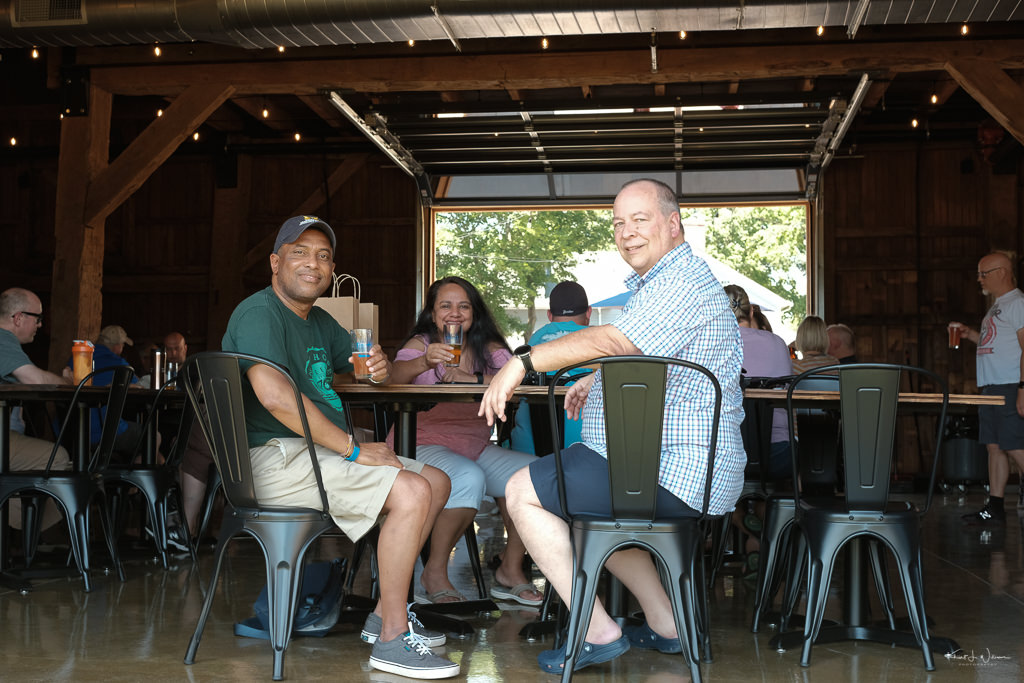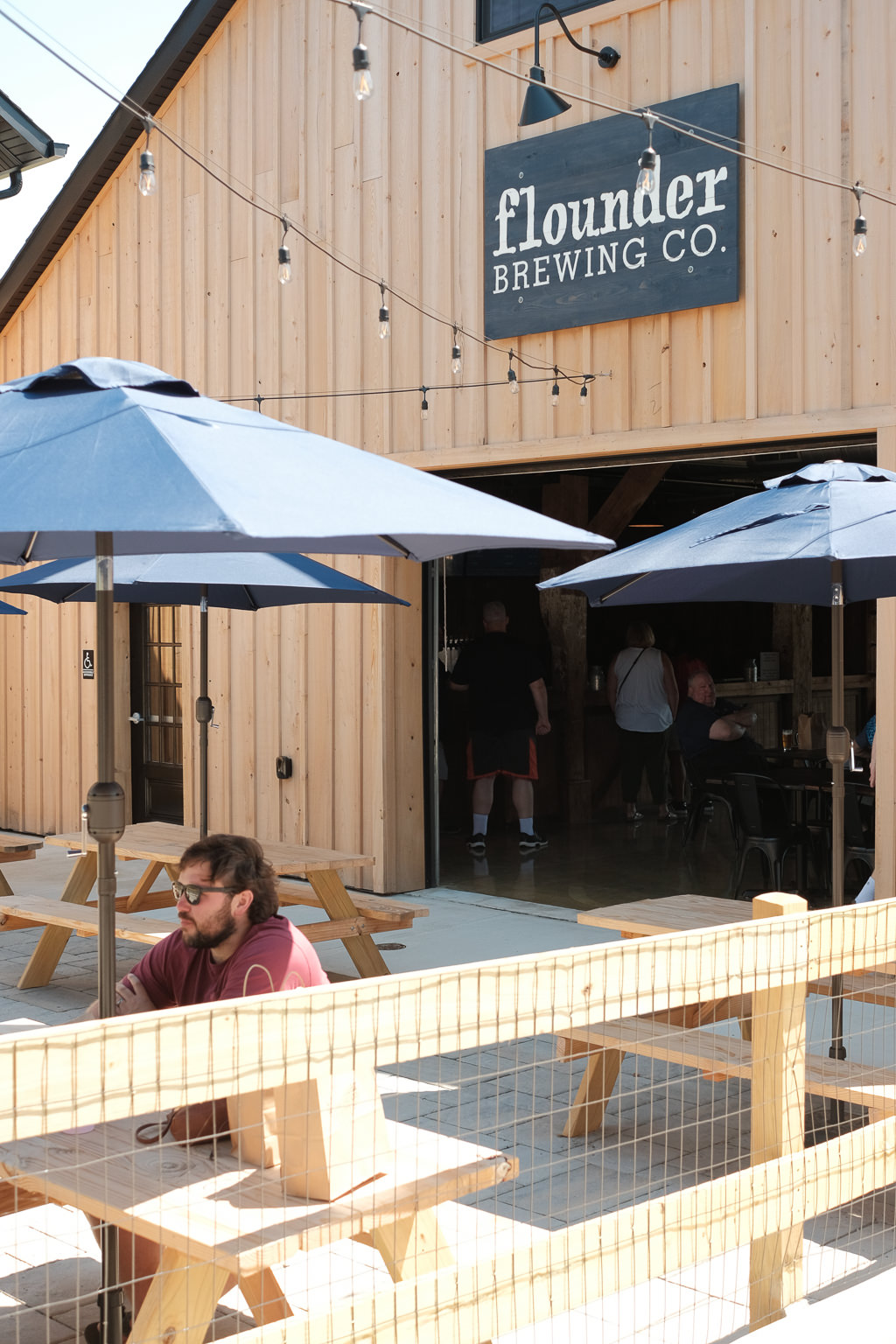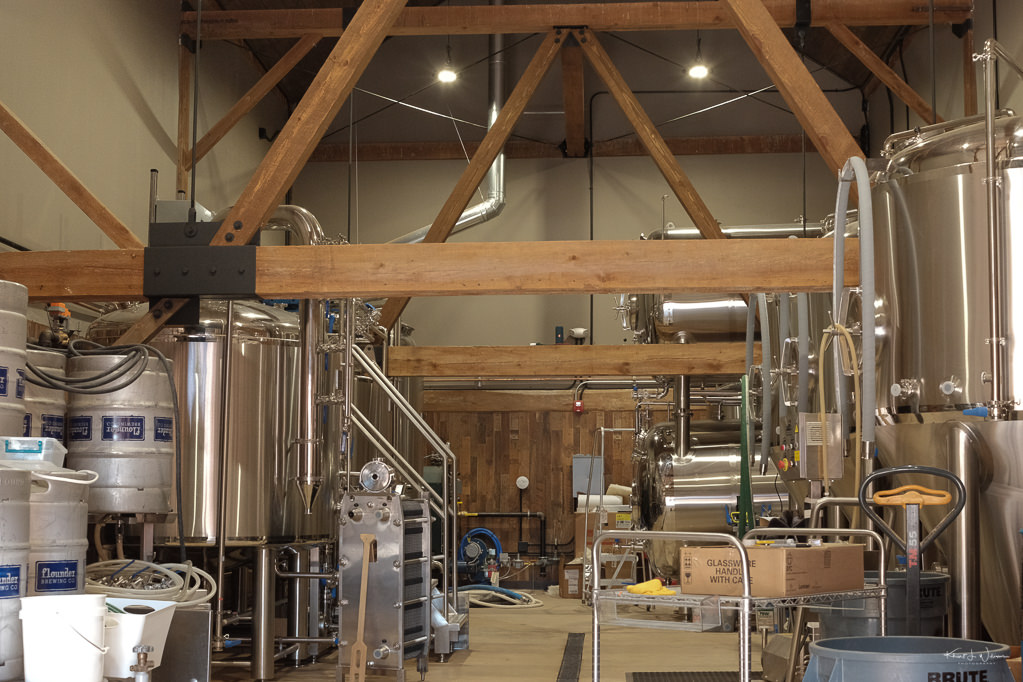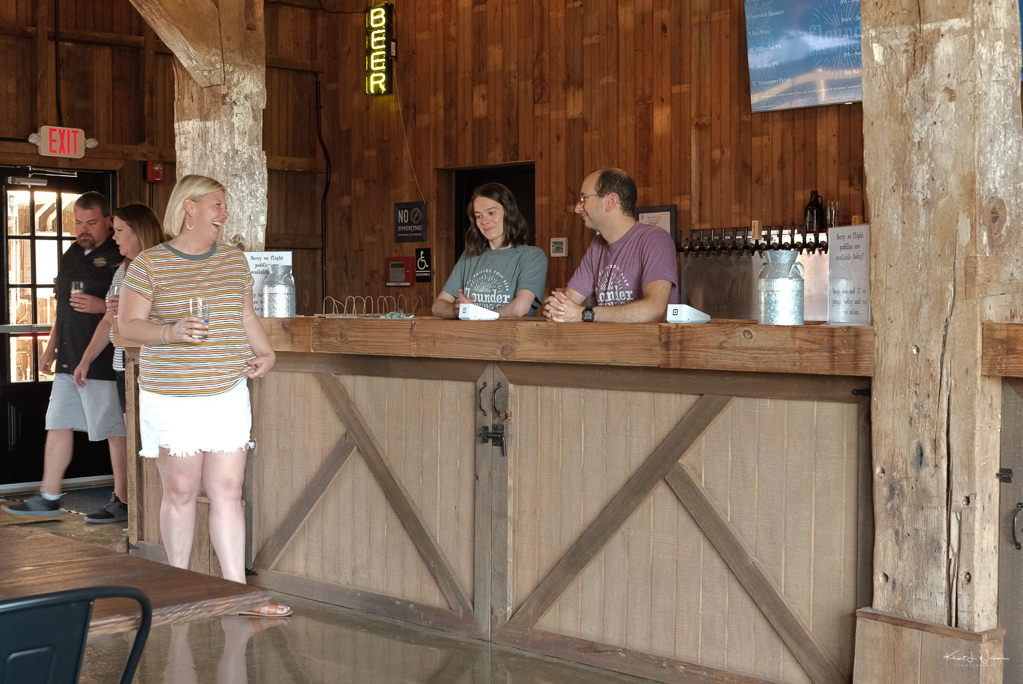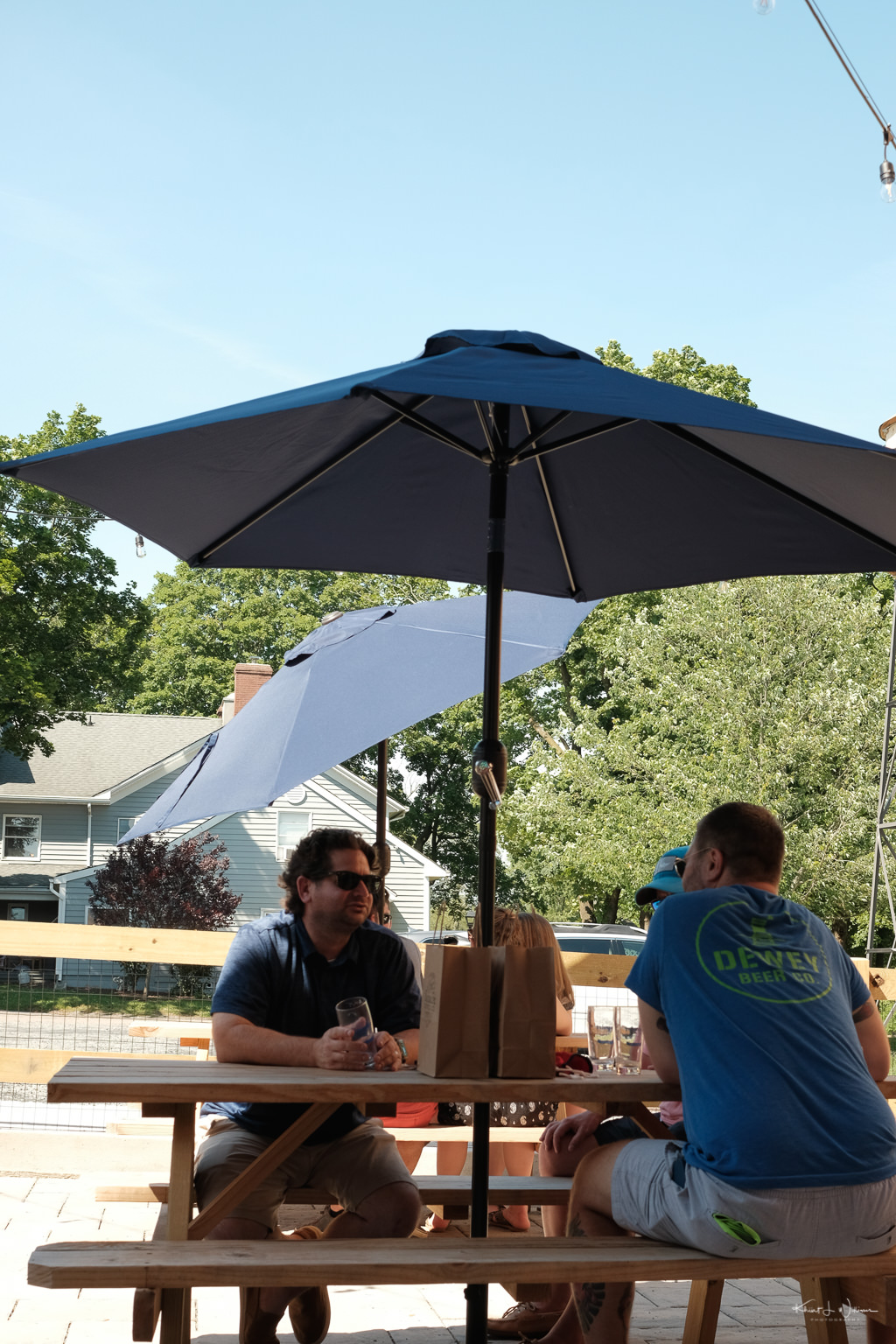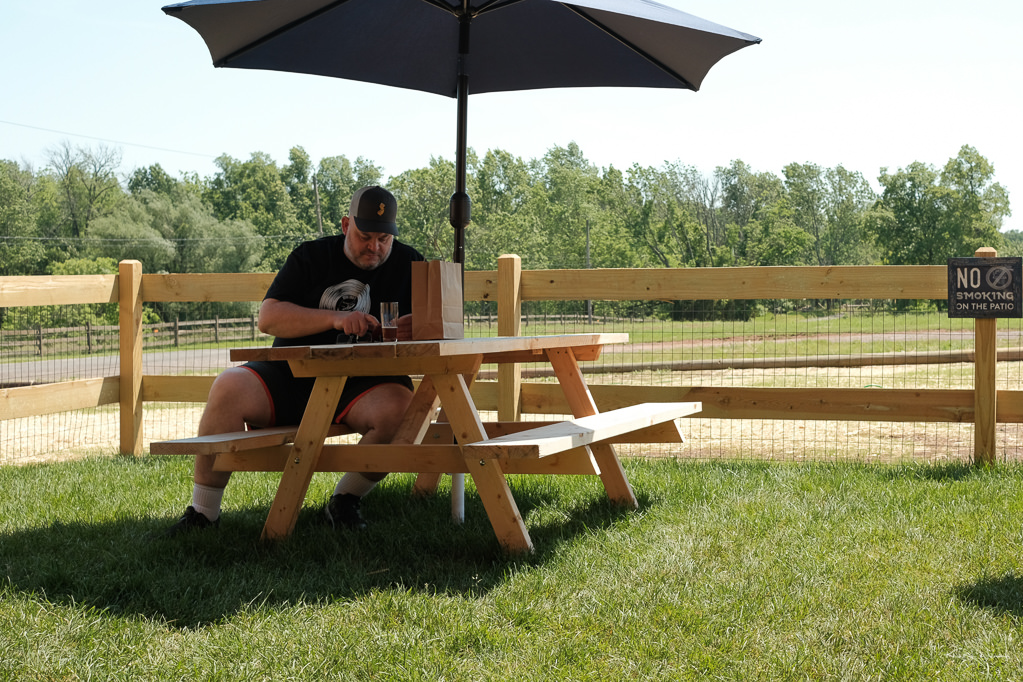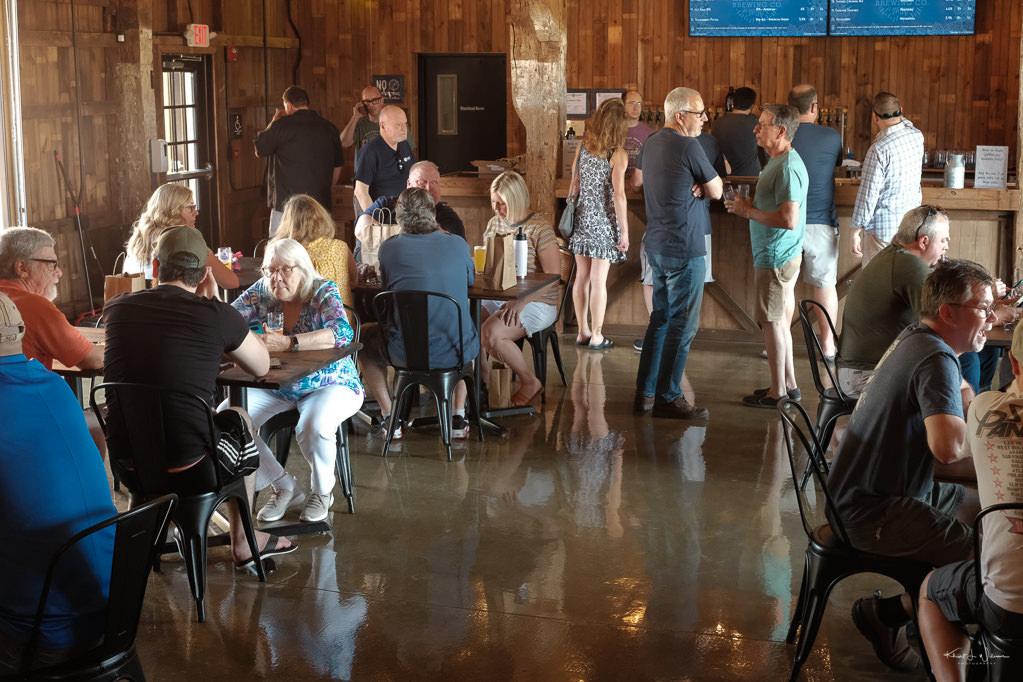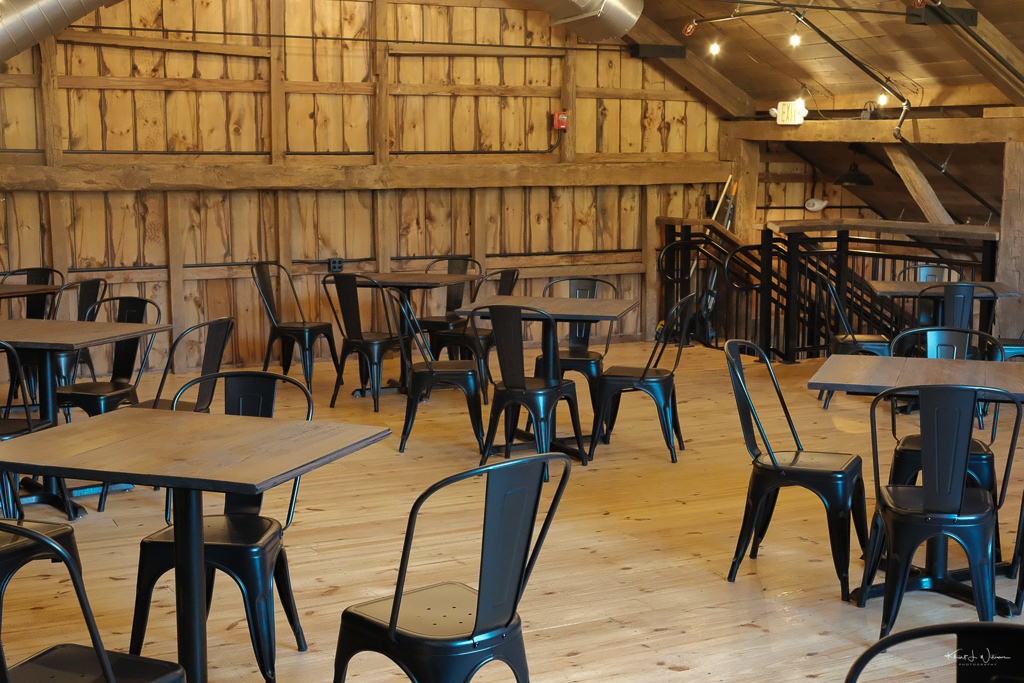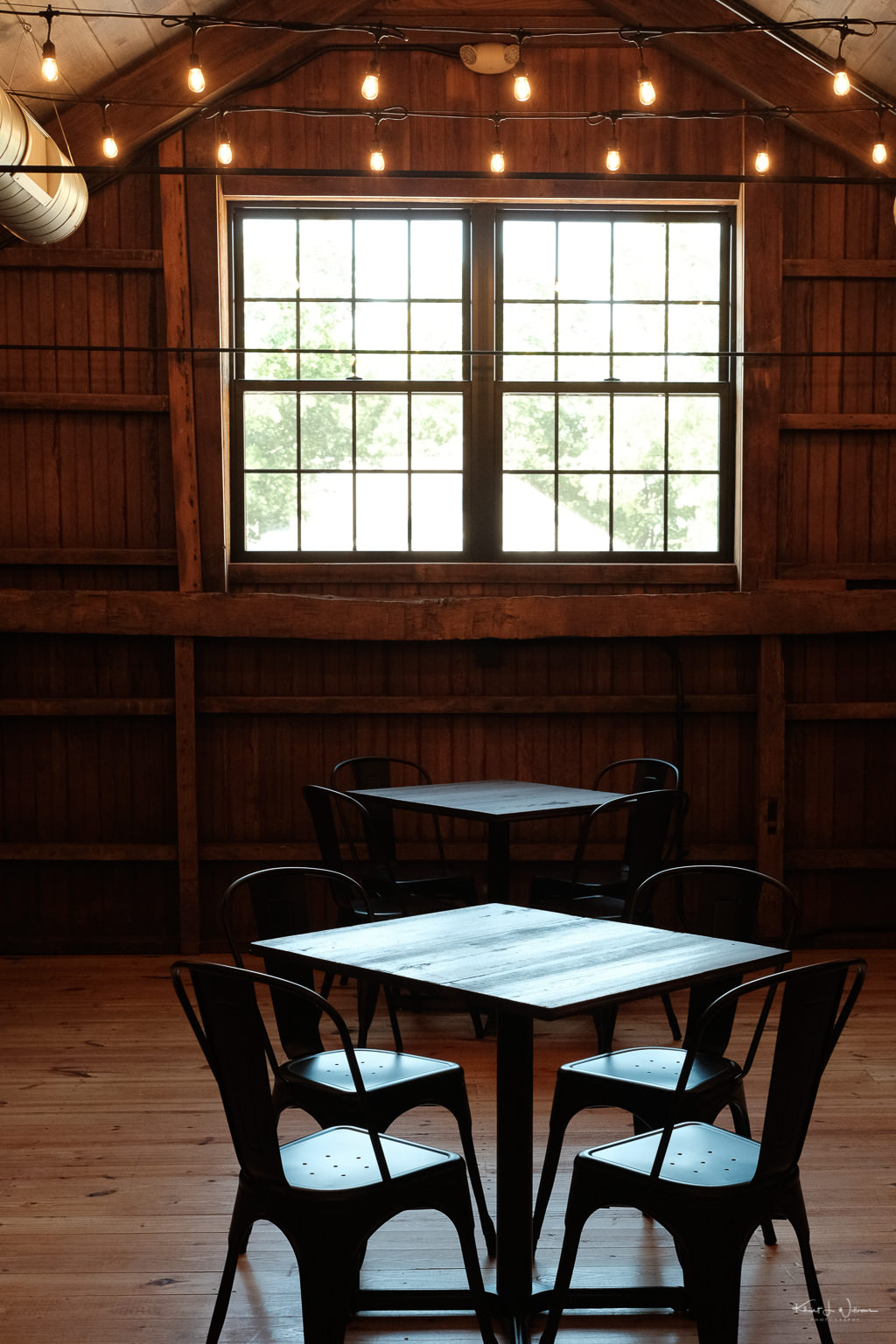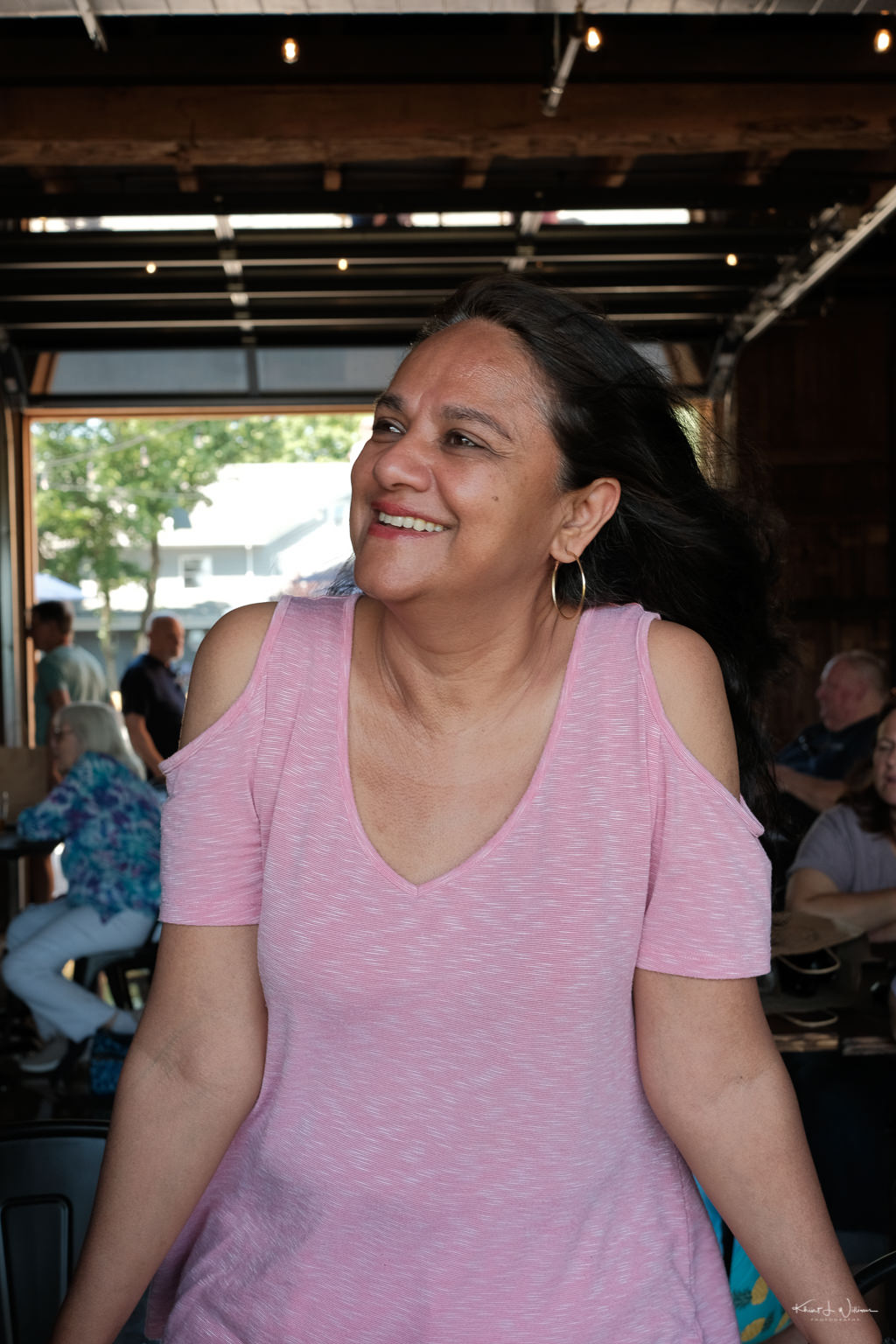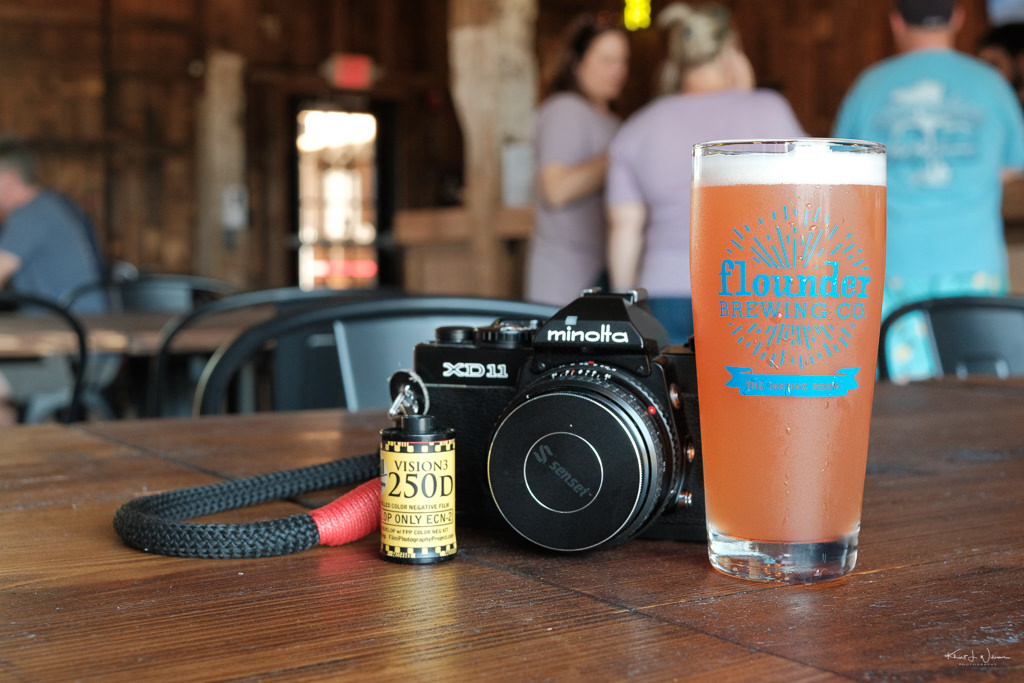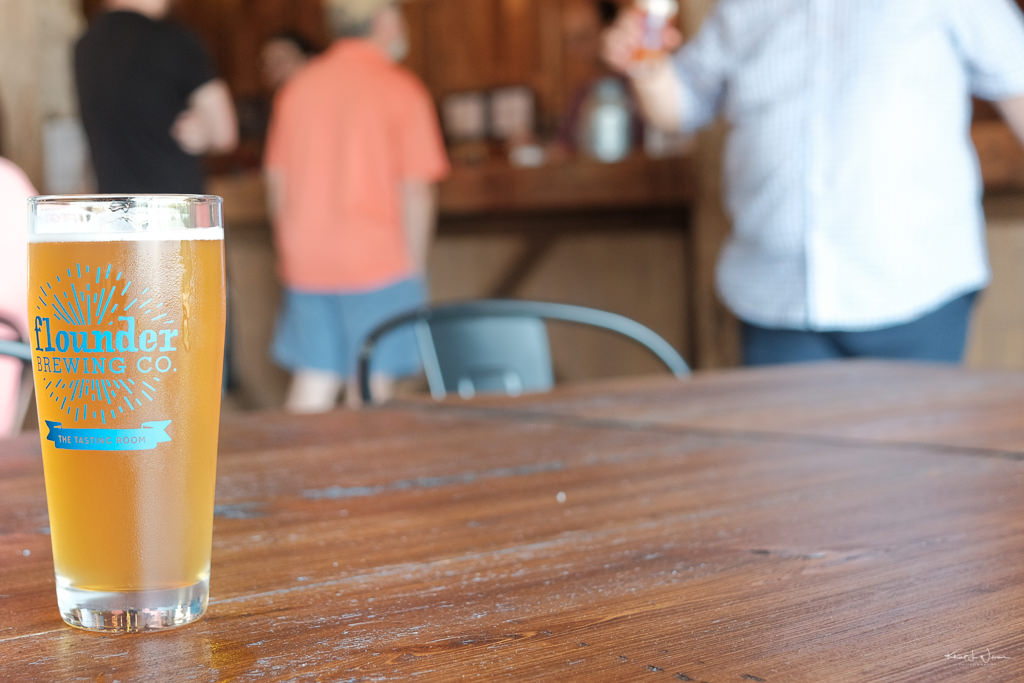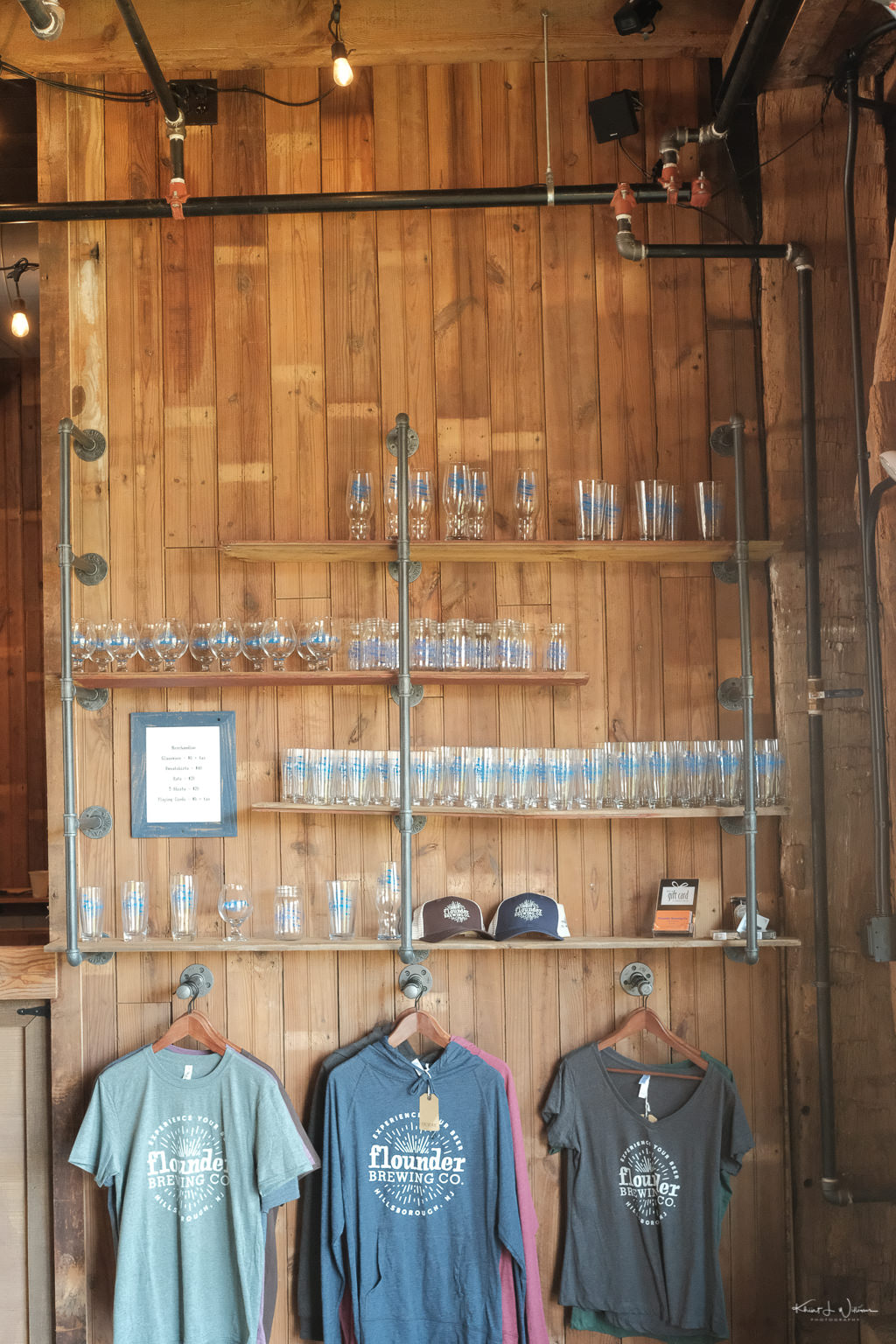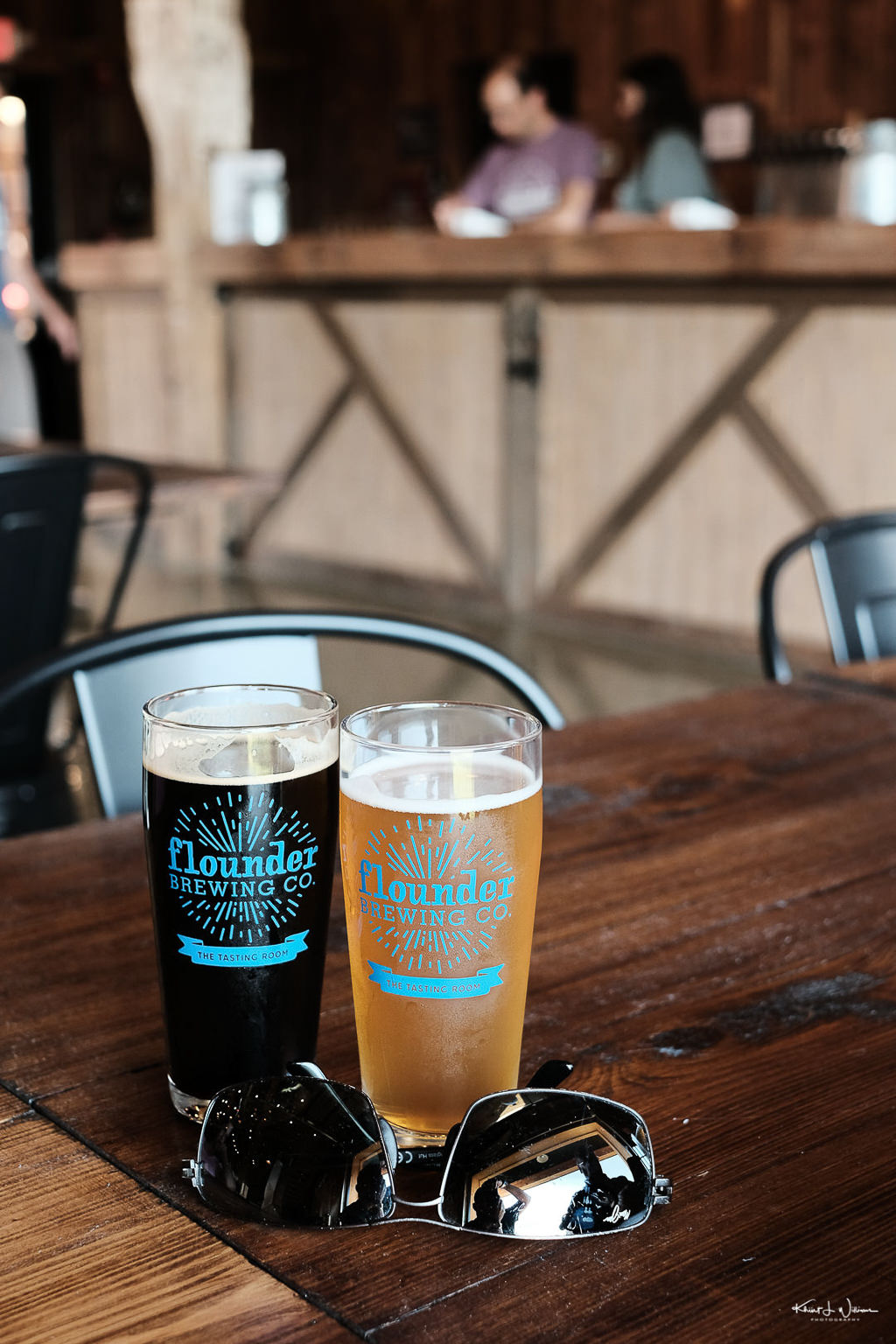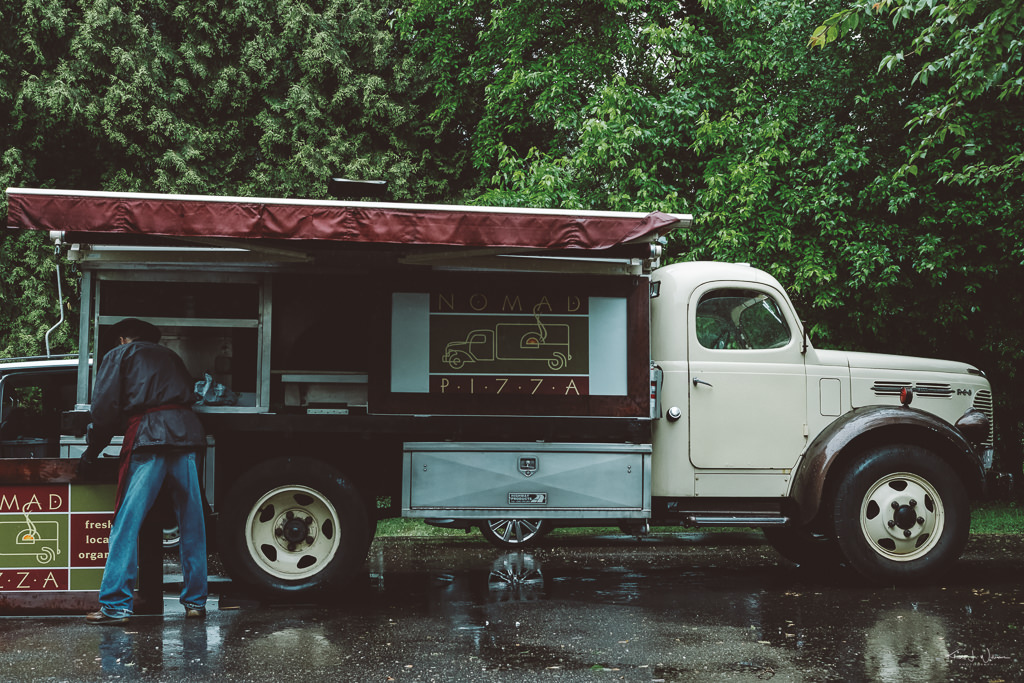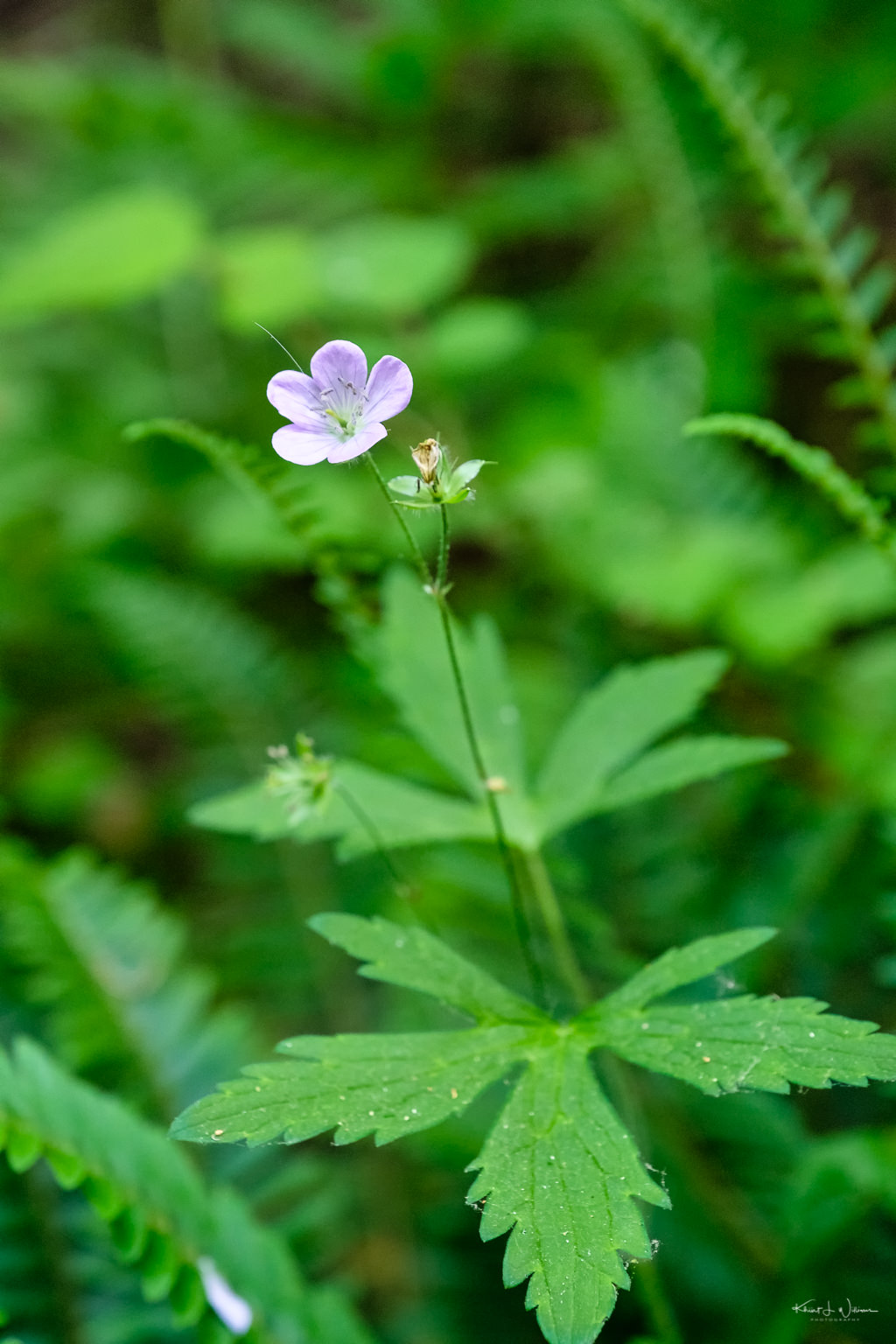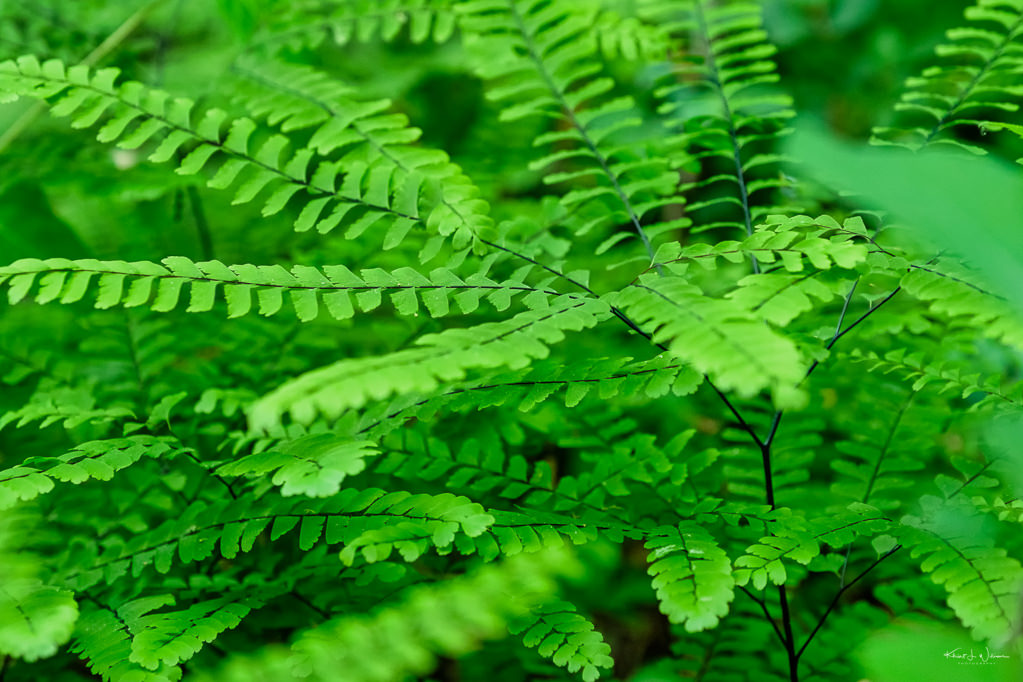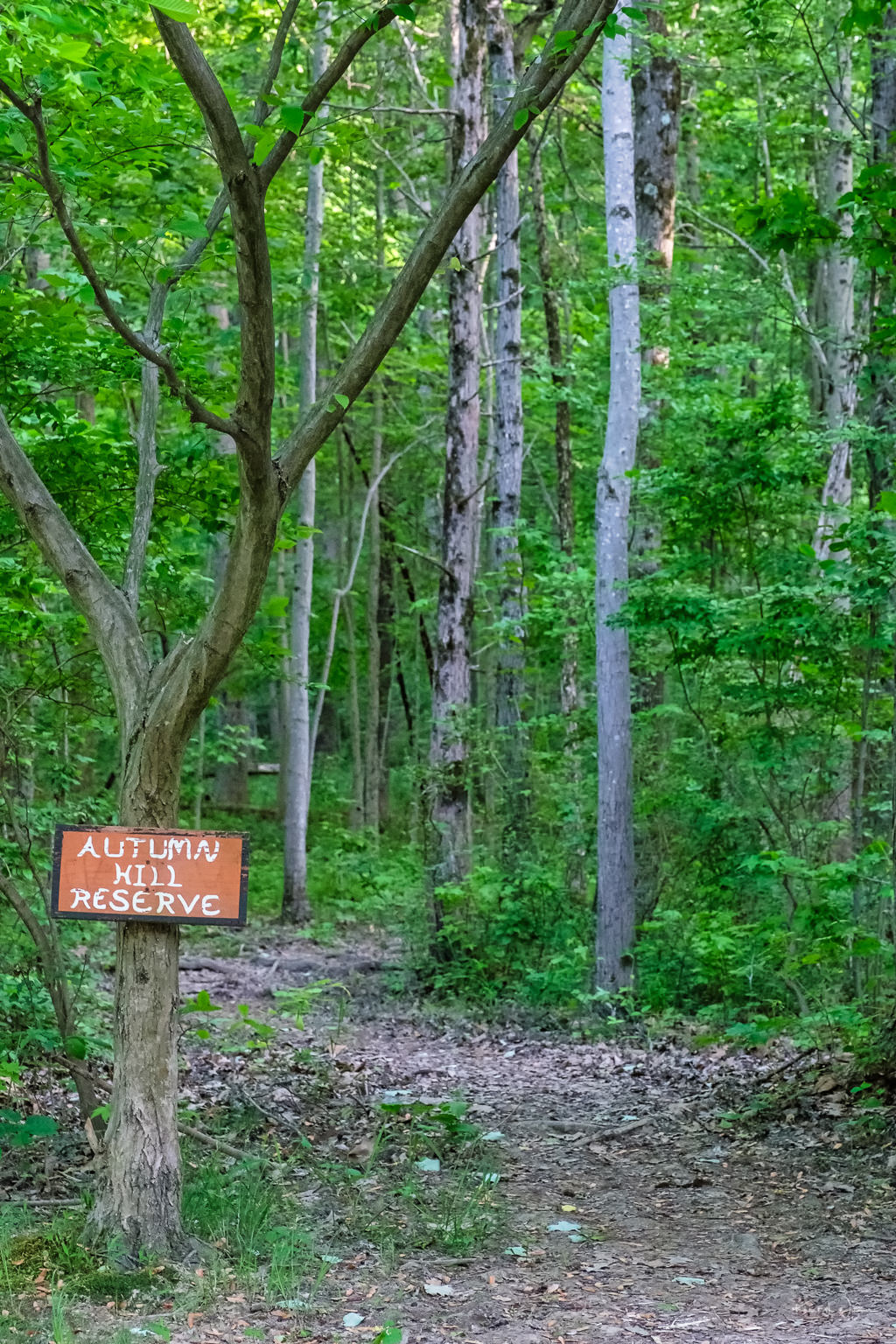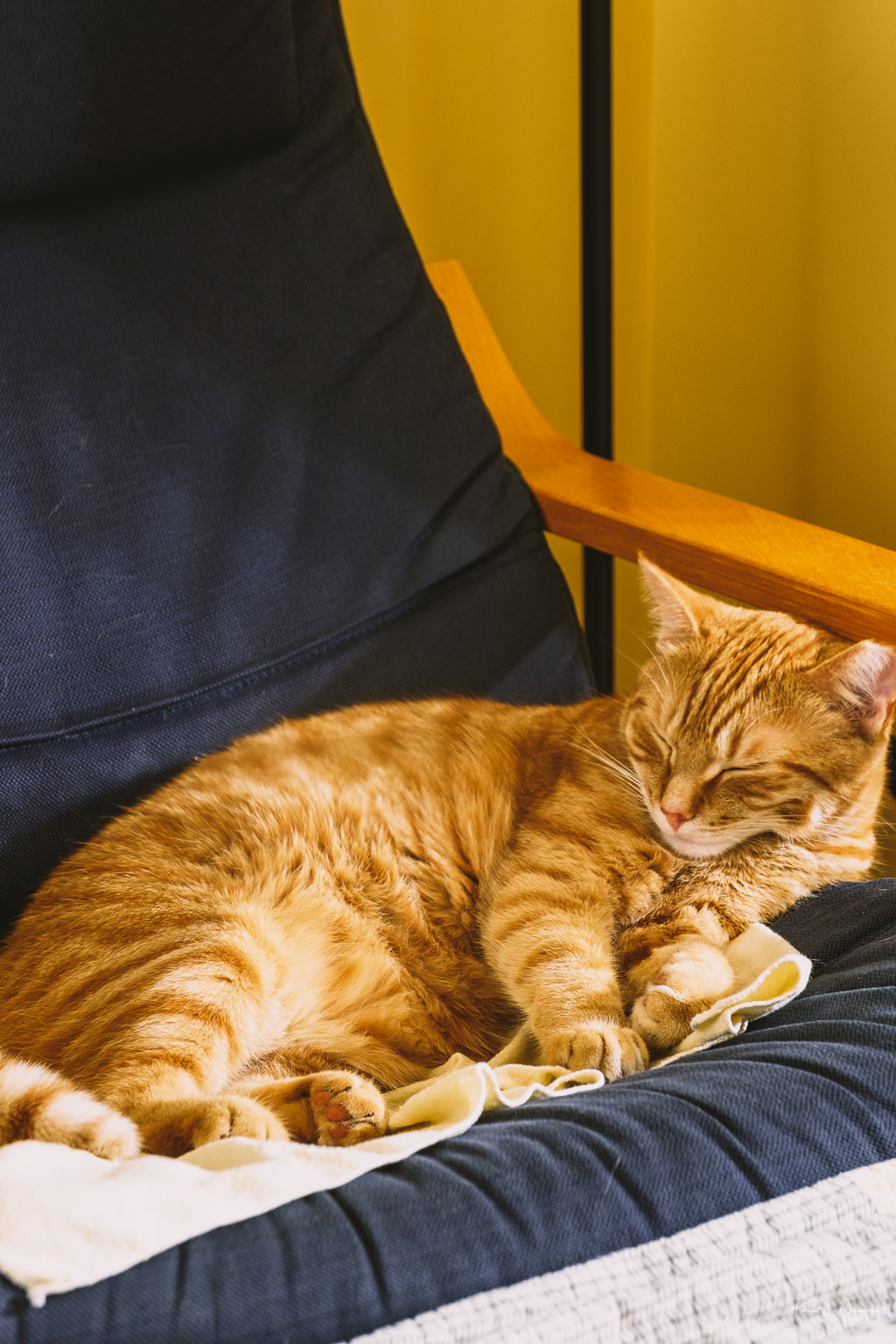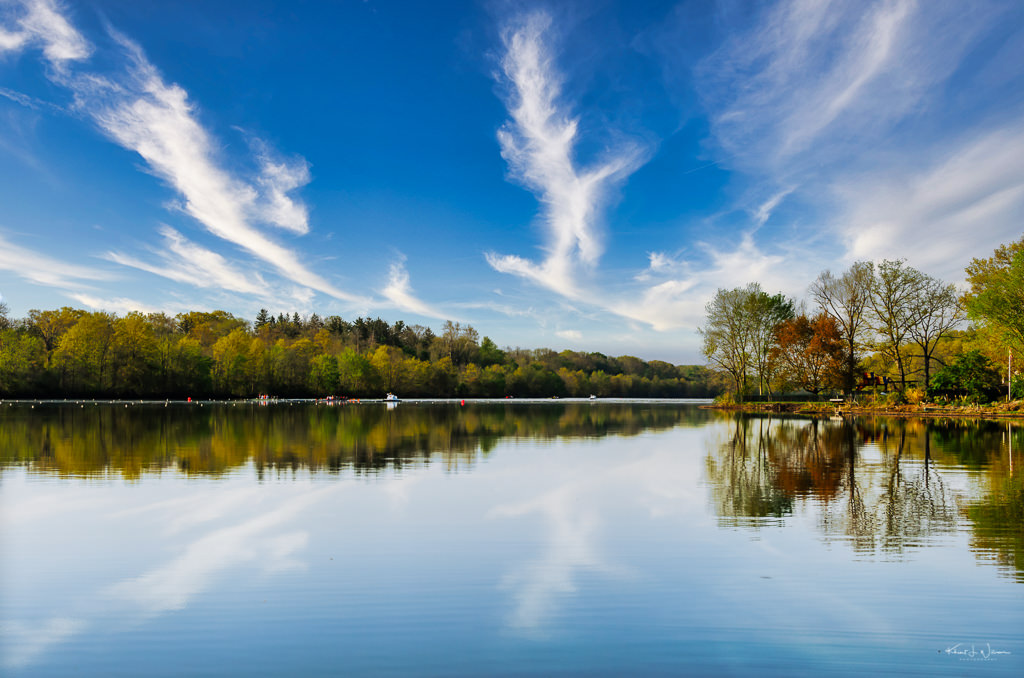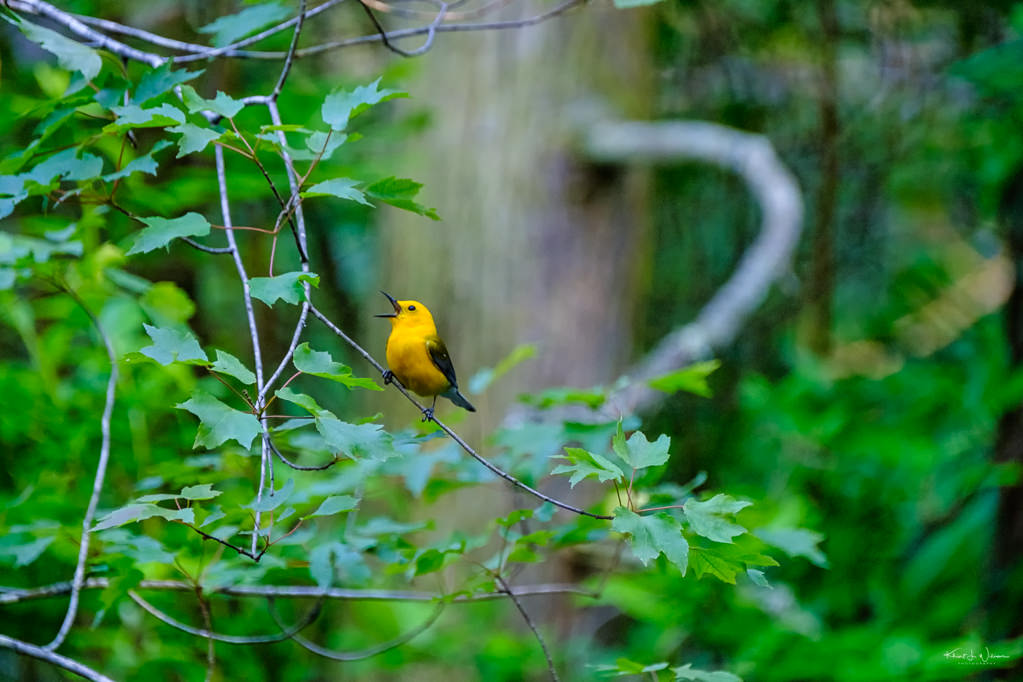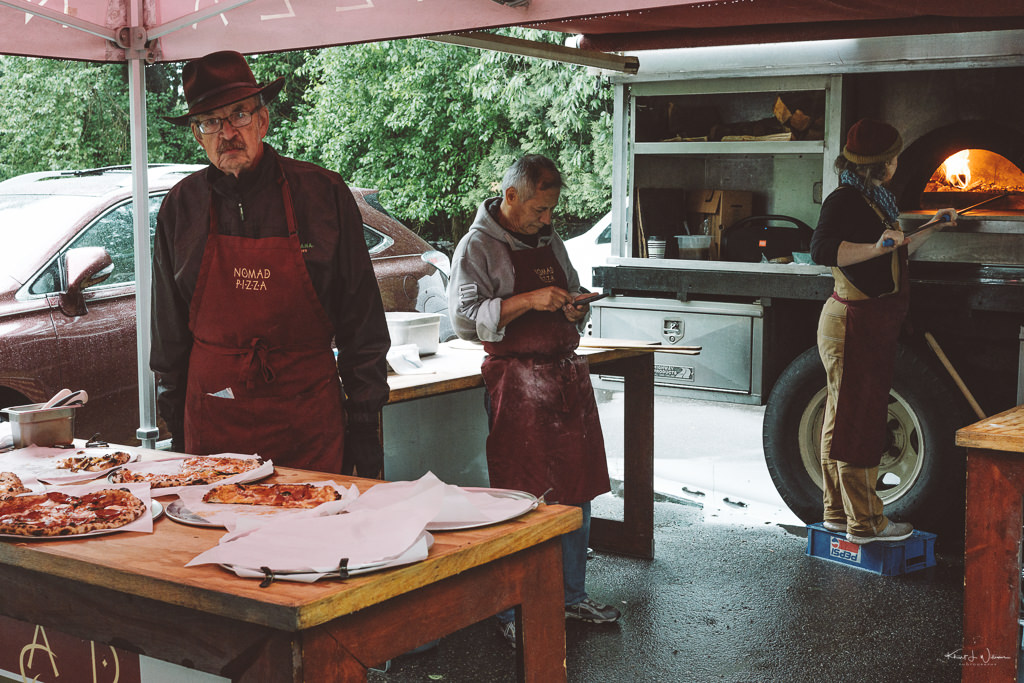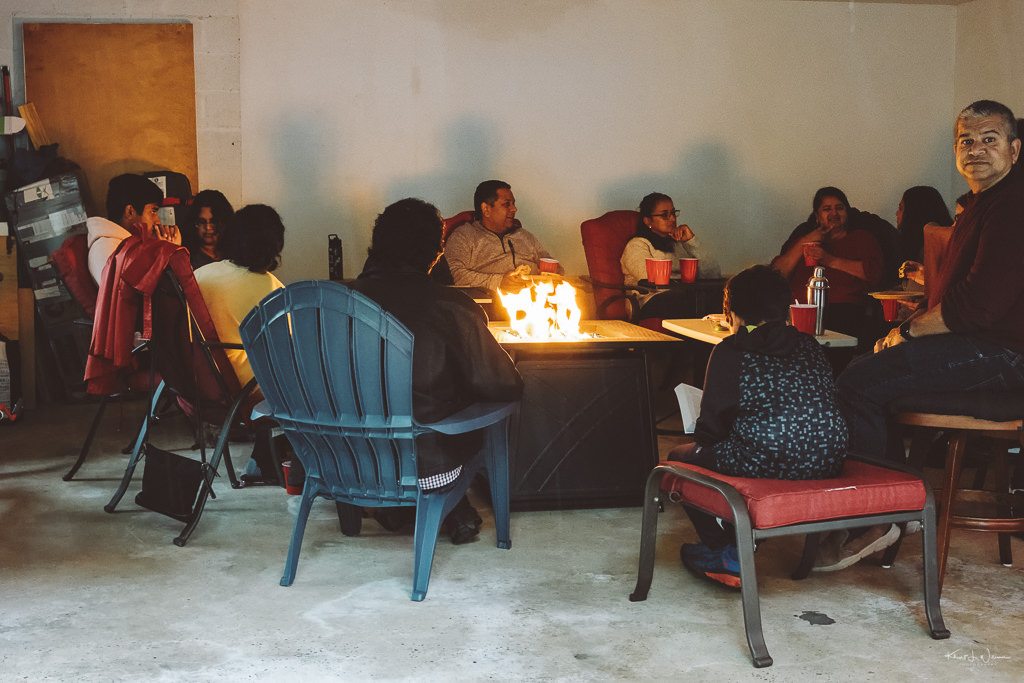Tuesday
Here it is just the second day of the workweek, and I am already thinking about Friday. When I first started working in information security, I got out of bed excited and ready to work. I used to describe myself as one of the defenders of the realm, building walls and moats and shields, to keep the attackers from defeating the castle and pillage the people. I card. What is it about work in the present that I no longer enjoy?
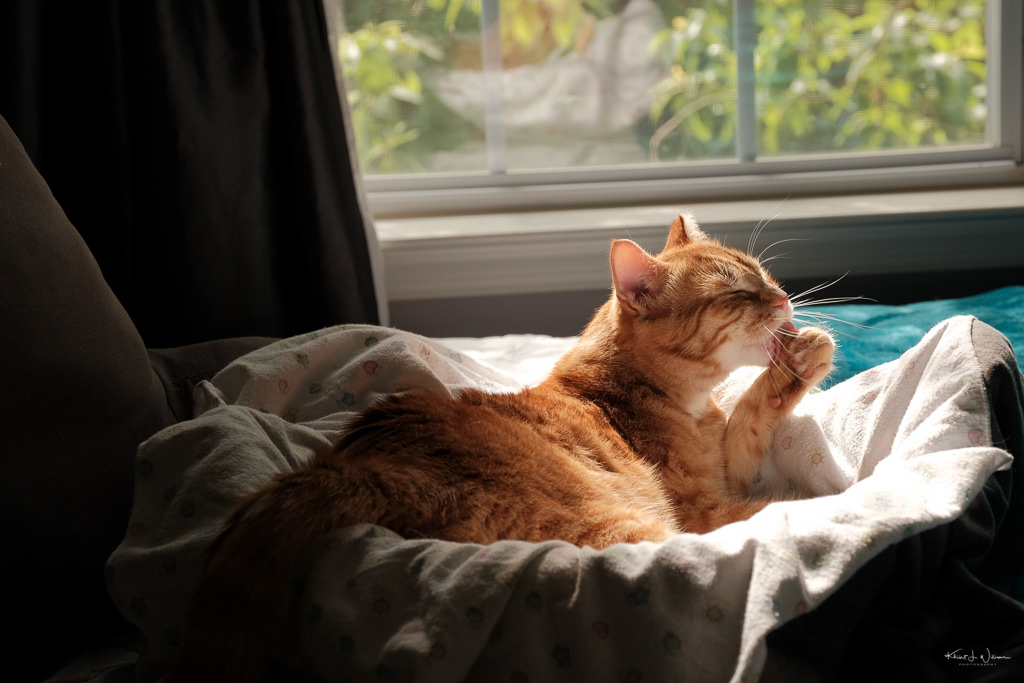
Did you know cats start self-grooming by the time they're a few weeks old? Self-grooming rids the fur of dirt and parasites and stimulates their sebaceous glands to release sebum, a type of cat disinfectant shampoo.
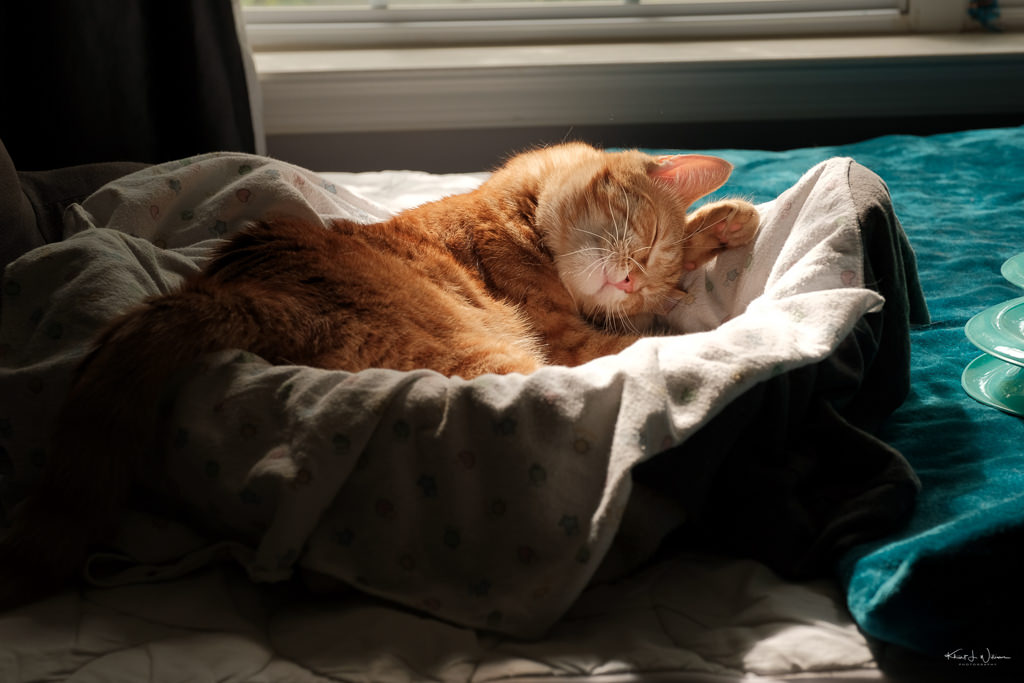
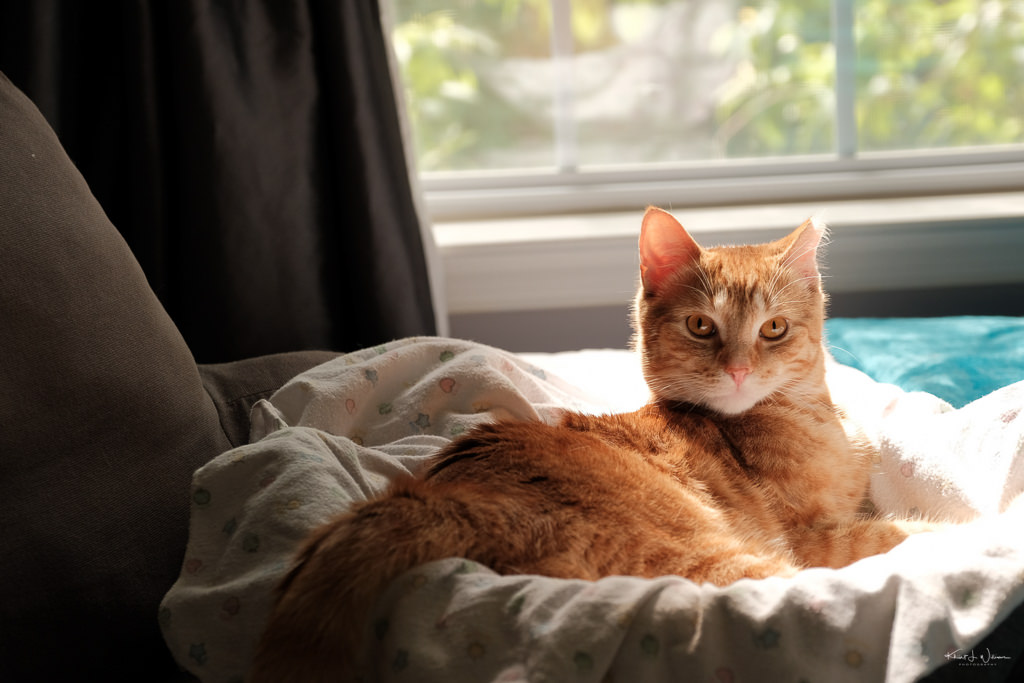
I agree with Bruce Schneier, our military systems are vulnerable.
Any 21st century war will include cyber operations. Weapons and support systems will be successfully attacked. Rifles and pistols won't work properly. Drones will be hijacked midair. Boats won't sail, or will be misdirected. Hospitals won't function. Equipment and supplies will arrive late or not at all.
This week's update to Adobe Lightroom Classic included performance enhancements and an interesting "Super Resolution" feature.

The new Super Resolution feature uses artificial intelligence to increase the size of the image to four times its original size in pixels. (It doubles the length and the width.) This can be useful for making large prints or for upsizing a small crop of an image. Super Resolution will work on any file type (raw, JPEG, TIFF, etc.). However, Raw Details must be run with Super Resolution if the image is a camera-proprietary raw file (not a DNG, JPEG, TIFF, etc.) like RAF.

I tried it on one of my Fuji X-T2 RAF images to get an idea of how it worked. "Enhance" replaced the 30MB Fujifilm RAF with a 339MB Adobe DNG file! I suggest using this feature only when ready to make prints. I recommend performing the procedure on a virtual copy of the original RAW file.
There are seven new premium preset sets available in Lightroom Classic and the entire Lightroom ecosystem. Adobe hired photo editing and preset-creation experts to create them. The first three, Portraits, are categorised by skin type – Deep1, Medium, and Light. The other four, Style, include Cinematic, Futuristic, Vintage, and Travel preset sets.
Adobe Lightroom will now store preset files on your hard drive in a flat-file structure rather than subfolders corresponding to preset groups. This change did not affect the configuration of previously stored presets.
On macOS, this location is in the users home directory: ~/Library/Application Support/Adobe/CameraRaw/Settings
There are many new and improved privacy and security features in future releases of macOS, iOS, and iPad OS. My favourites so far?
Users have long worried about Siri recordings being uploaded to Apple, and listened to by teams trying to improve the Siri experience. In the future, Siri requests will be processed on your devices, so you won't have to worry about unwanted recordings being stored by Apple. This also means that you can make Siri requests without internet access.
It's spooky how sometimes the Alex agent in my eero thermostat randomly starts responding presumably to something overhead in household conversation or on the TV.
Thursday

I'm excited about the weekend. Last Spring, I registered for a few workshops and courses with the Princeton Photo Workshop company. The owners, Alan Kesselhaut and Barbara Cuneo, are lovely people. Over the last decade, I have attended dozens of their workshops and course. Unfortunately, the planned workshops in New York City and Philadelphia were postponed during the pandemic under "shelter-in-place" executive orders from New York, New Jersey, and Pennsylvania governors. But now that New Jersey has reached its goal of 70% of residents being immunised, the workshops and field trips are back on the calendar. I will join a small group of photographers in Manhattan to photograph the area in an around The High Line and Hudson Yards Vessel. My first visit to the The High Line was over nine years ago, but this will be my first visit to Hudson Yards and The Hudson Yard Vessel.
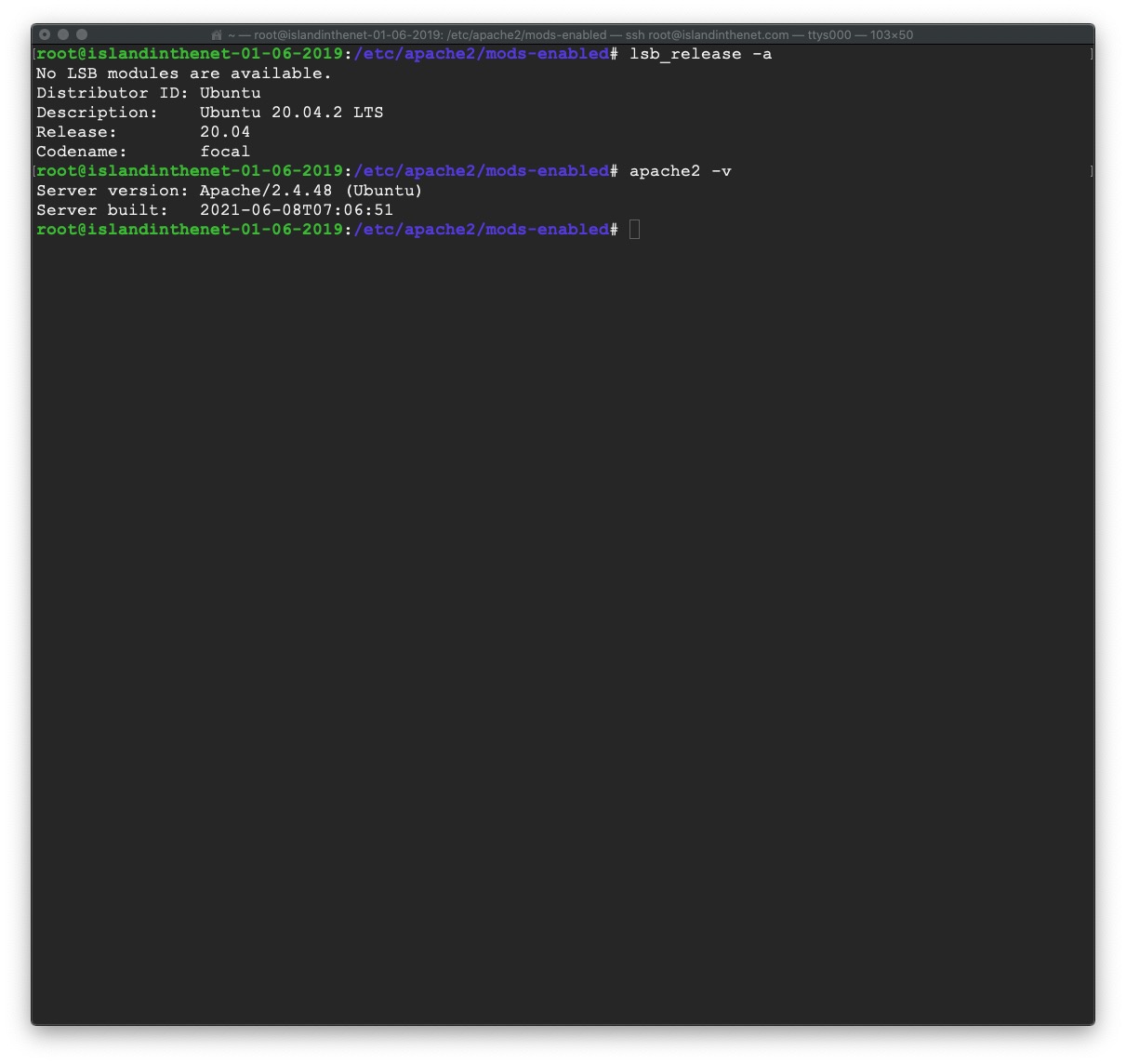
I wanted to enable TLS 1.3 on my webserver, which became available starting with Apache 2.4.37 which was available at Digital Ocean starting with Ubuntu 20 TLS. Although I know how to compile Apache from source code, I took the safer, faster and easier route.
Tonight I upgraded my Digital Ocean VPC to Ubuntu 20 LTS from Ubuntu 18 LTS. Just in case things went sideways, I turned it off and then made a snapshot of my VPC before following the tutorial. The entire process, including creating the image, took about sixty minutes. Everything appears to be working, but I will keep the snapshot for a few more days, just in case.
Friday
I upgraded my Ubuntu Linux server and Apache web server last night to enable TLS v1.3, but for some reason, the server was still only using TLS v1.2. I knew I had my SSL.conf file configured correctly.
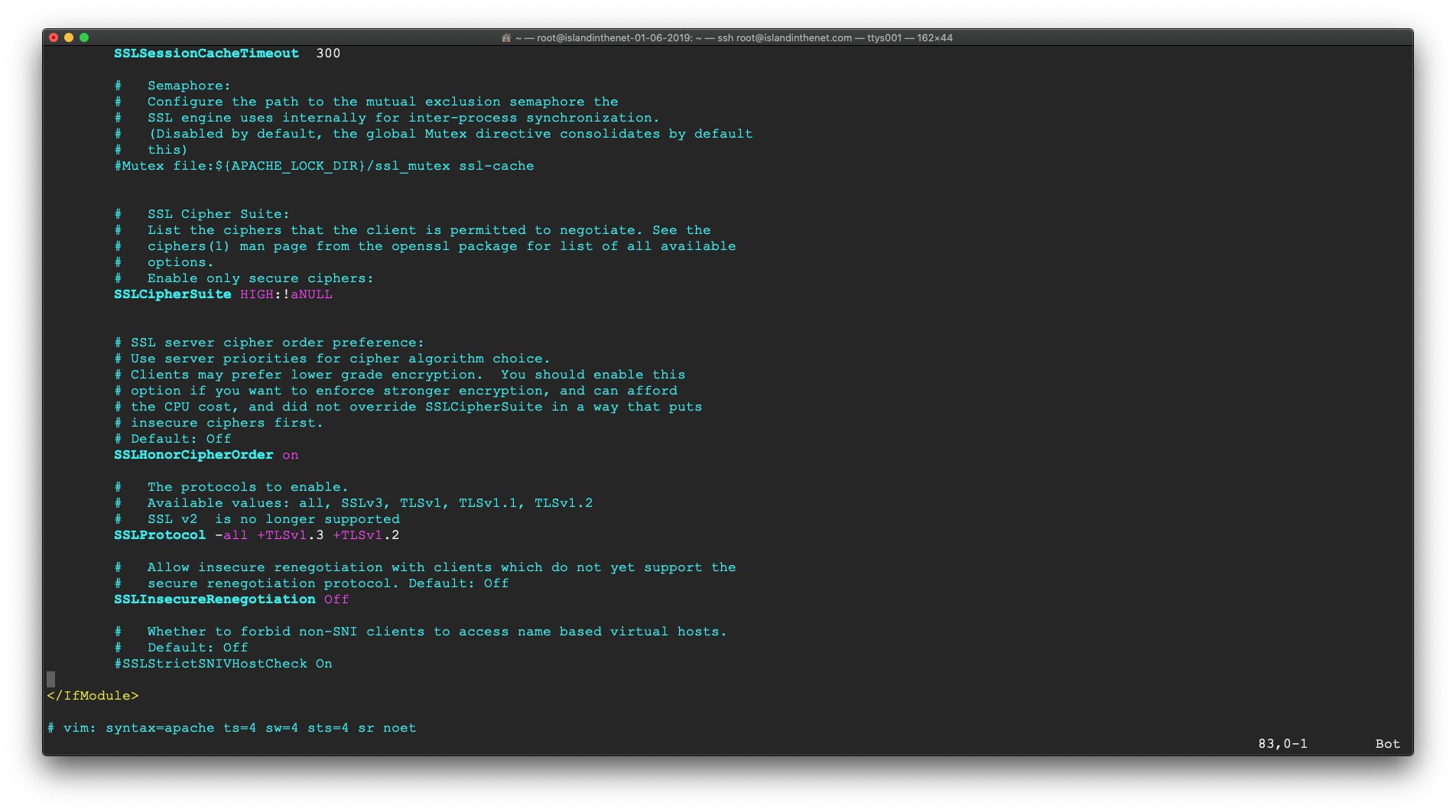
After many hours on Google, I realised that Let's Encrypt includes its own Apache configuration file, options-ssl-apache. conf, where SSL Prototocls are defined. The Let's Encrypt configuration file was overriding the SSLProtocol and SSLCipherSuite settings in my main ssl.conf.
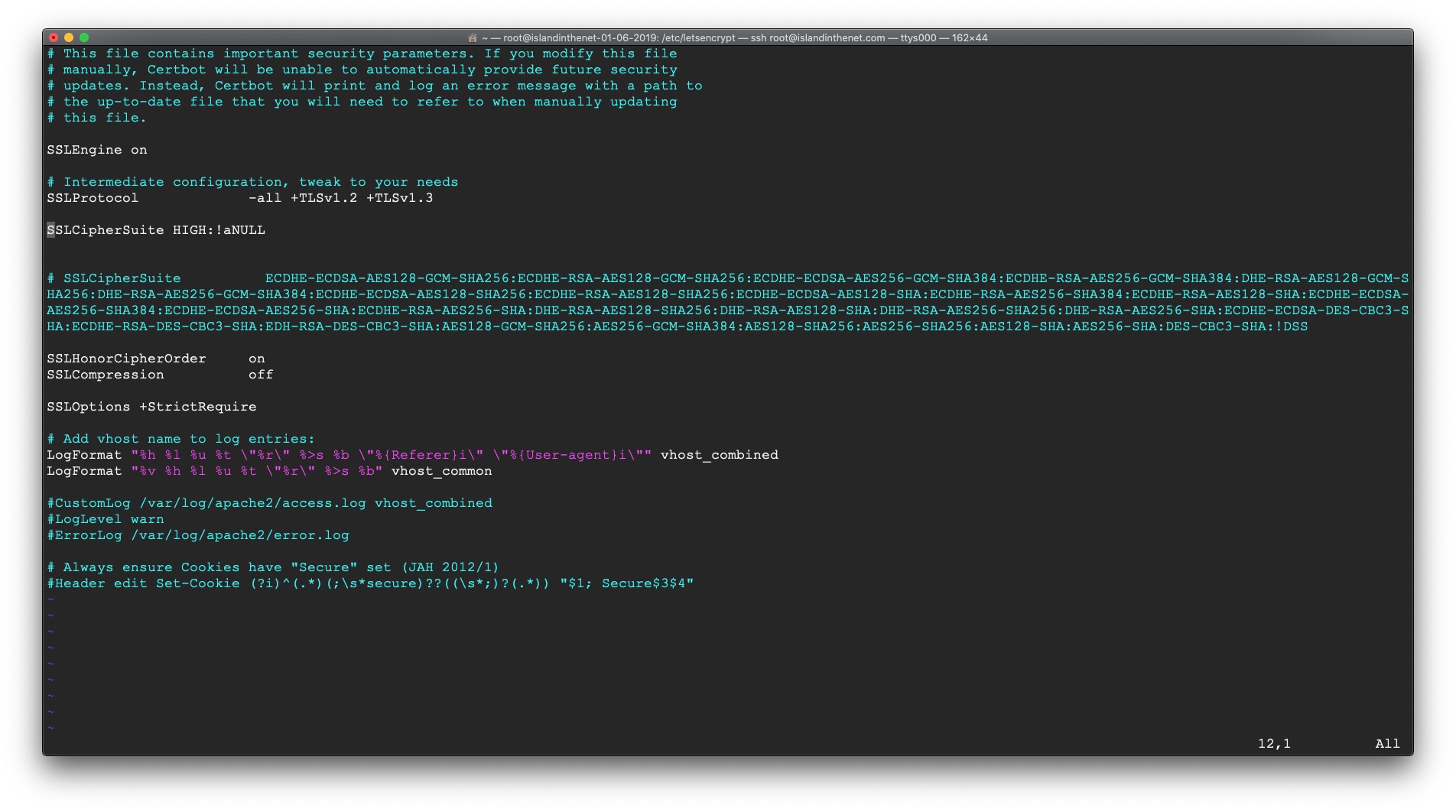
I copied the settings from ssl. conf to the options-ssl-apache. conf and restarted the server. My web server now uses TLS 1.3.
Saturday
Jim Grey recently posted about his experiences returning to working from a corporate office post-vaccination.
I worked in the office on Tuesday. The company opened its office on Monday, allowing anyone vaccinated to work unmasked. I had to provide a scan of my vaccination card. I understand how some people might find this too invasive, but in this instance, I didn’t mind sending in my scan.
...
Sure enough, working in the office on Tuesday left me spent. It had been a long time since I’d dealt with rush-hour traffic, and that finished a whole energy card by itself. It didn’t use to, probably by sheer daily repetition. But after a 15-month hiatus, I had lost my chops.
...
Of course, I did all the things you do when you work for the first time in a new office: set up my desk, figure out how to work the coffee machine, and find the restrooms. But I also took all my meetings over Zoom just as I did the day before working at home, as nobody I met with was in the office that day. So I had Zoom fatigue on top of everything-is-new fatigue.
Bhavna and I had only been indoors with the public for the first time last week. One brewery was entirely indoors, but we kept our distance from people. The other was a farmhouse brewery where both sides of the farmhouse were open, allowing a good breeze to blow through. Again, we kept our distance from people. We won't dine indoors in public for a while. Baby steps.
My employer (I consult) has not yet requested a return to the office. I'm unsure what's planned for our team. Our associate director is in Boston. One team member is in Brooklyn (New York), one in Atlanta, one in Dallas, one in Virginia, and I'm in New Jersey. We host all our meetings over Microsoft Teams. There is no good reason to be at a company location only to host all our meetings over Microsoft Teams.
Before the pandemic, I consulted for a UK-based bank with IT teams across London, Hong Kong, New York City, and New Jersey offices. We hosted all our meetings over WebEx, which I attended from my desk (each workspace had a VDI and phone with a headset). The two-hour commute to Manhattan each day just felt stupid. Our boss agreed and allowed us to work remotely two days a week. Commuting those three remaining days still felt stupid.
I think the whole "back to the office" thing is dumb. I can work remotely for the rest of my life. Before the pandemic, when I worked remotely (two days a week), I would meet friends and family for lunch or dinner or a pint at the bar. Besides losing out on lunch with friends and family, switching from two days a week to full-time remote during the pandemic was the easiest thing to do. I don't need to be with my co-workers to have friends. I want to continue working remotely, but now I can have lunch/dinner/beer with vaccinated friends.
A bill is being debated in the state senate that would ban the use of vaccine passports and bar any public or private entity — schools, businesses, beaches, doctors — from asking about or for someone's vaccination status Politics aside, I think it's too invasive and unenforceable and discriminatory. What if I lose the vaccination card? A person can't use vaccine passports apps such as New York's "Excelsior Pass" if they don't have a (compatible) smartphone.
No employer has ever asked me to prove vaccination from the flu or any other infectious diseases. In the past, they allowed sick people to come to the office during flu season. My wife's cousin was fully vaccinated months ago. He travelled to Florida. When he returned, he decided to get tested for COVID and of course, he tested positive. He was asymptomatic. But of course, his vaccine passport still allows him into the office. So the situation with COVID is no different than with the flu.
I'm taking the train from Princeton Junction (NJ) to Manhattan tonight for a photo field trip around The High Line and the Vessel at Hudson Yards. I have to wear a face mask but will not be required to show proof of COVID vaccination. When those 6 million daily commuters start using the overcrowded New York and New Jersey train system this July, none of them will.
The "proof of vaccination" request is "security theatre."
Rollei RPX 100 and Svema Foto 200
This afternoon I got a notification from The Darkroom that my rolls of Rollei RPX 100 and Svema Foto 200 35mm film had been processed and scanned.
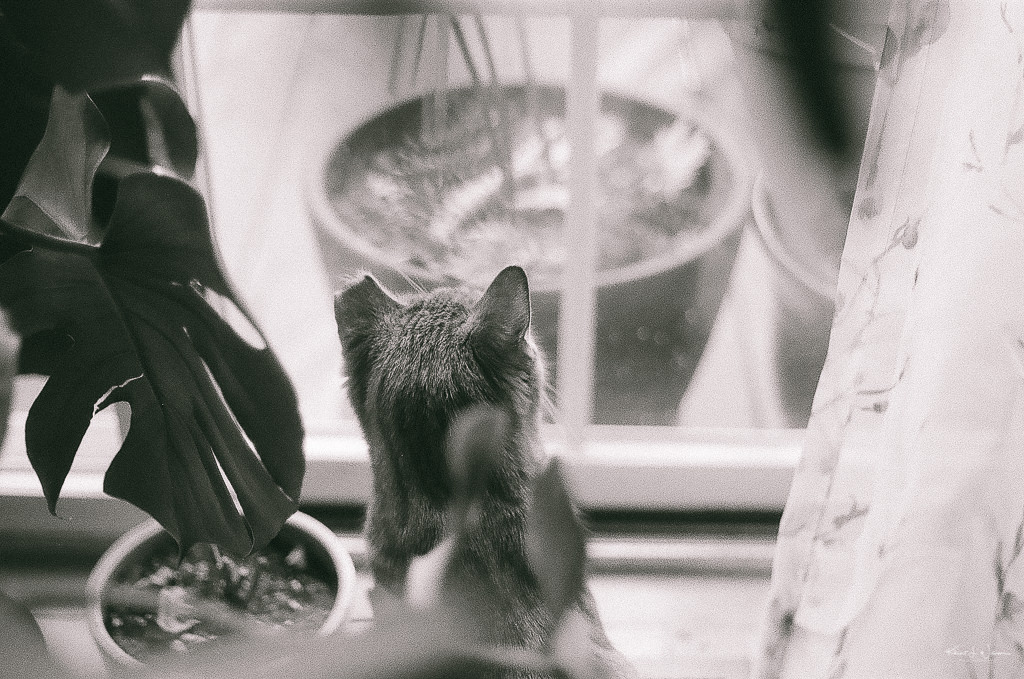
The 36 exposure roll of Rollei RPX 100 was exposed between January 2021 and February 2021. The subject matter is uninteresting. This was my first time shooting a roll of Rollei RPX 100. The images shown above and below are among the best frames from the roll and my two favourites. The remaining frames were either badly exposed or the subject matter was uninteresting.
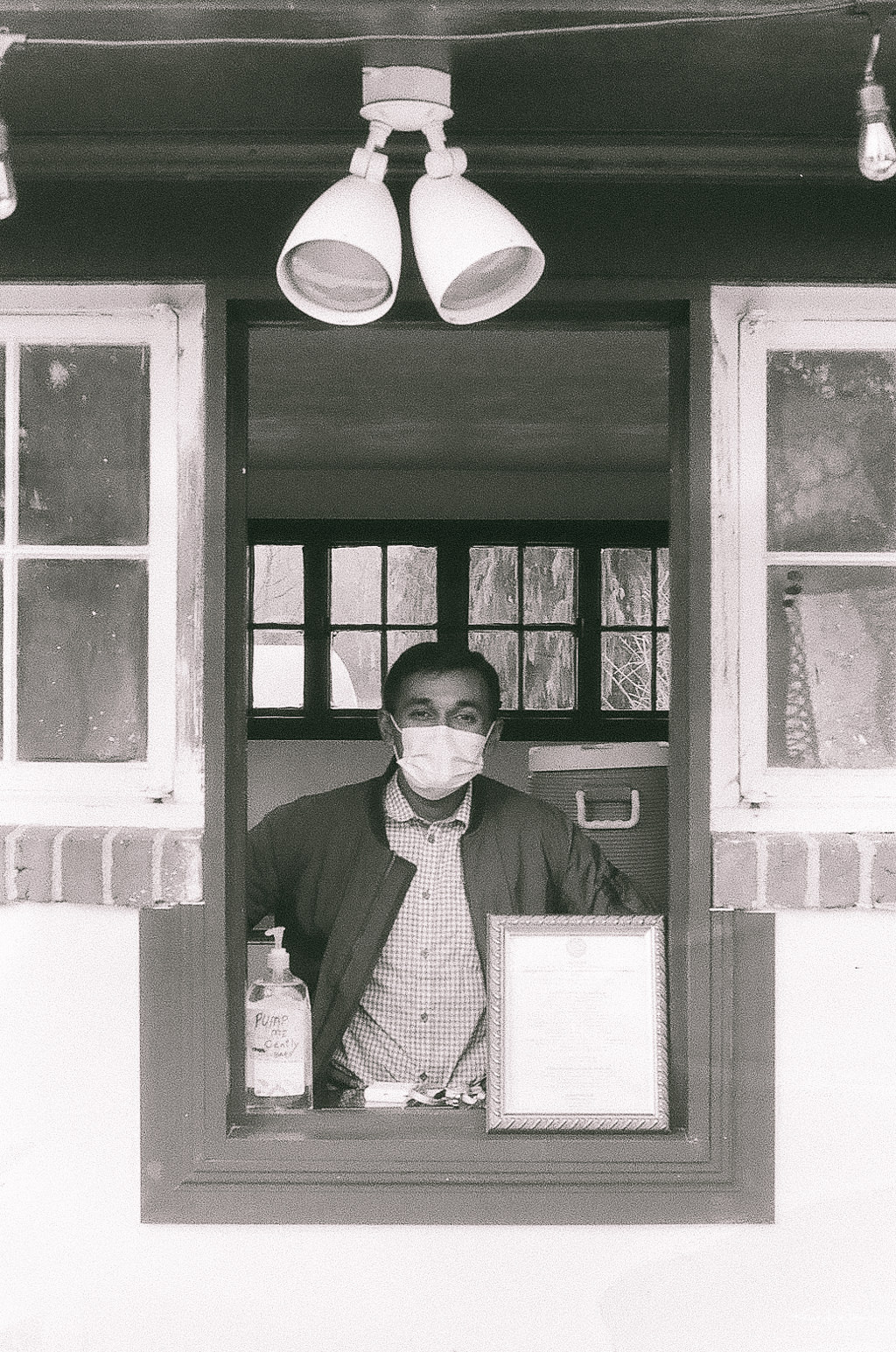
The Rollei RPX 100 Rollei RPX 100 scans do not appear to have a lot of contrast, but I love how the whites are rendered.
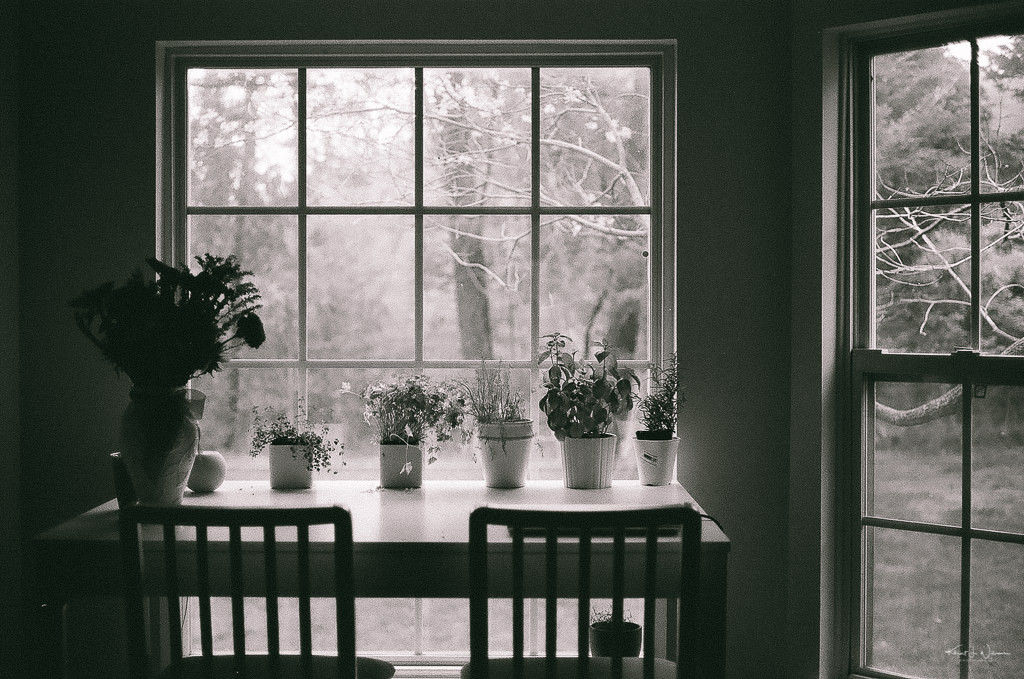
The 24 exposure roll of Svema Foto 200 was exposed between March and April 2021. Unfortunately, I forgot the roll was still in the camera. A few weeks ago, when I opened the back of my Minolta XD-11 to load a roll of Vision 250D, I exposed the roll. Ugh! There were far fewer keepers than with the registration of Rollei RPX 100.
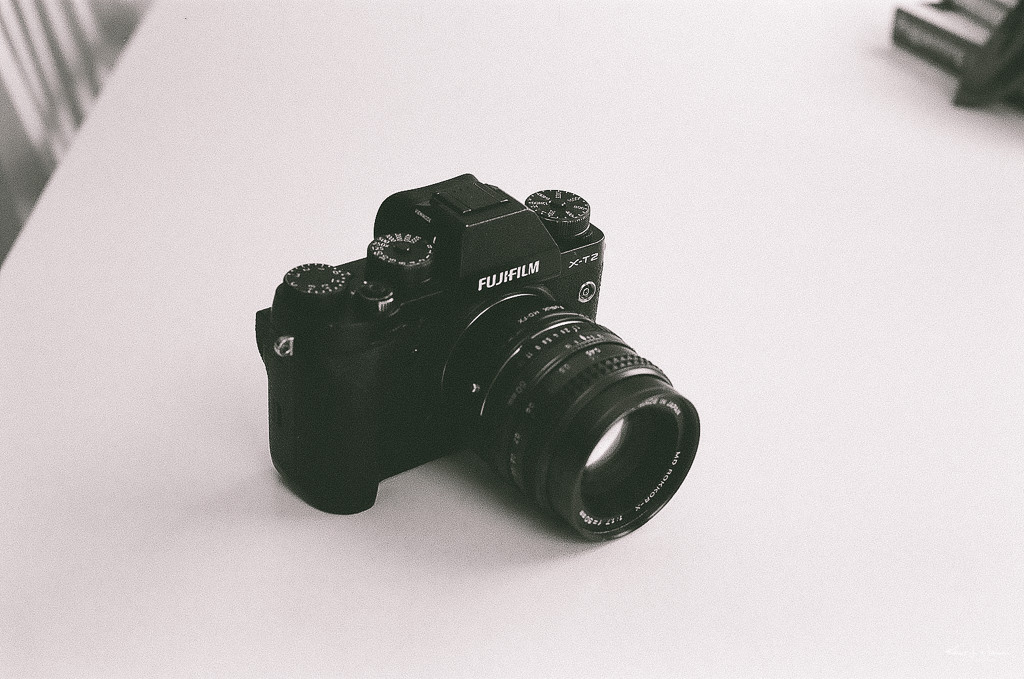
The Svema Foto 200 appears to have more contrast than the Rollei RPX 100.
The High Line
This afternoon I travelled into New York City for a photograph field trip with instructor Josh Weiss at The High Line and Hudson Yards Vessel. What I like about the instructors of the Princeton Photograph Workshop is how excited they are about helping students. Josh met the group near The High Line on the sidewalk outside the Mercado Little Spain restaurant. This is my fourth visit to the High Line. My first visit was in 2012.

We started on 30th Street between 10th and 11th Avenue. Josh provided passes to the High Line, gave the group assignments and told us where and when to meet. The High Line was more crowded than I expected. Face masks were required to enter the High Line, but some people I saw walked without masks. We walked from 30th Street to 16th Street before turning around and walking back toward 30th Street, continuing onto Hudson Boulevard to the Vessel.
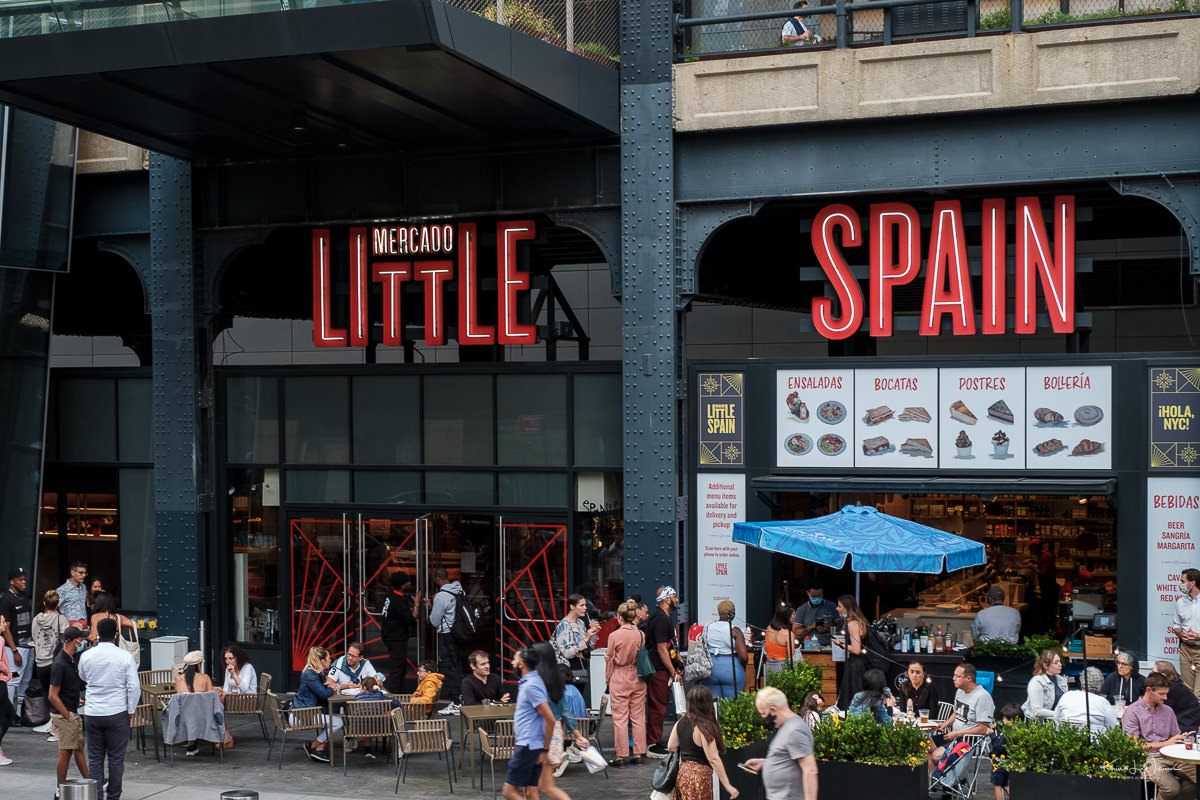
For this field trip, I chose to use Jamie Chance's Urban Chrome film simulation recipe, which is based on Fujifilm's Classic Chrome JPEG film simulation. Jamie uses this film simulation recipe for most of his travel photography. Film Simulations are part of what makes X Series cameras unique. Film Simulations can mimic well-known analogue films' colours, tones and contrasts. I can access them through my Fujifilm X-T2's primary menu system. I can see the effect of the currently selected Film Simulation in real-time through the camera’s viewfinder or rear LCD screen. I loved the look of Urban Chrome which I think mimics the ambience of documentary-style magazine photography from decades past. It has slightly desaturated colours (especially reds and greens) with more shadow contrast, resulting in a subdued vintage look that works well with dramatic lighting, retro-style subjects, and reportage projects.
As usual, I corrected my horizontal "tilt" in Adobe Lightroom and cropped the images as needed.
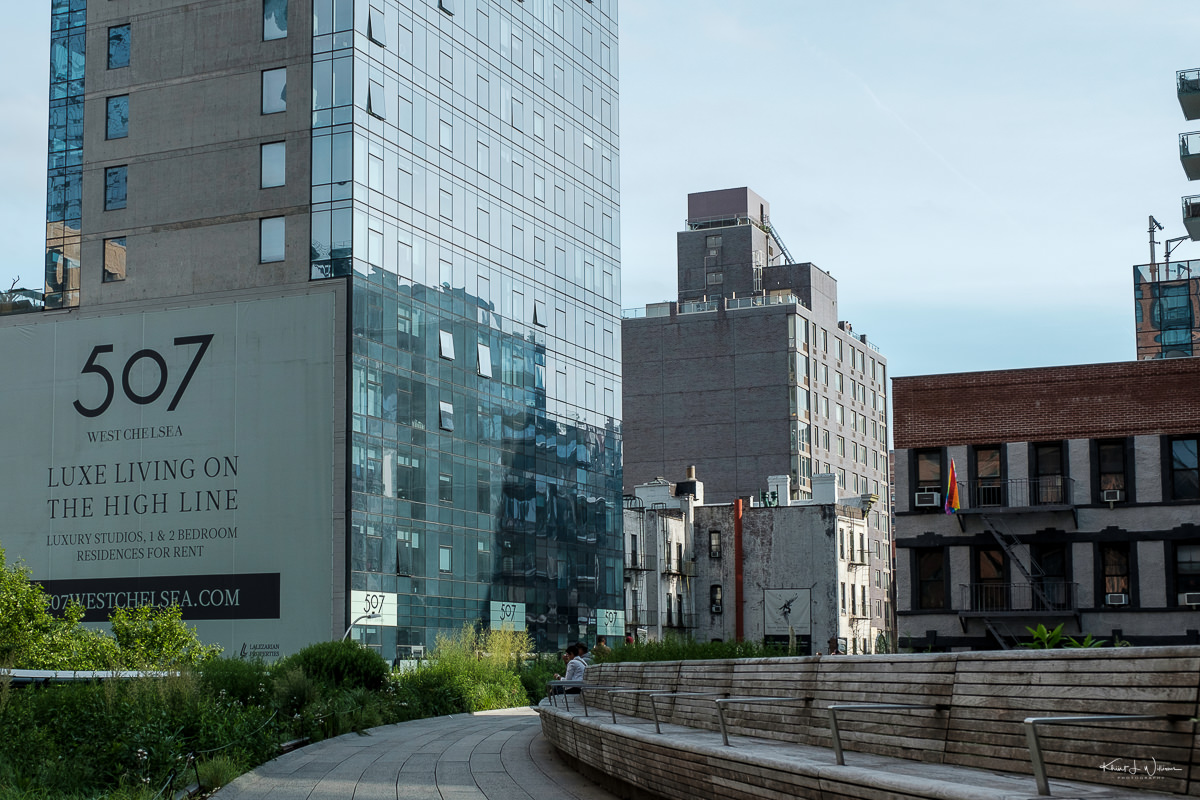
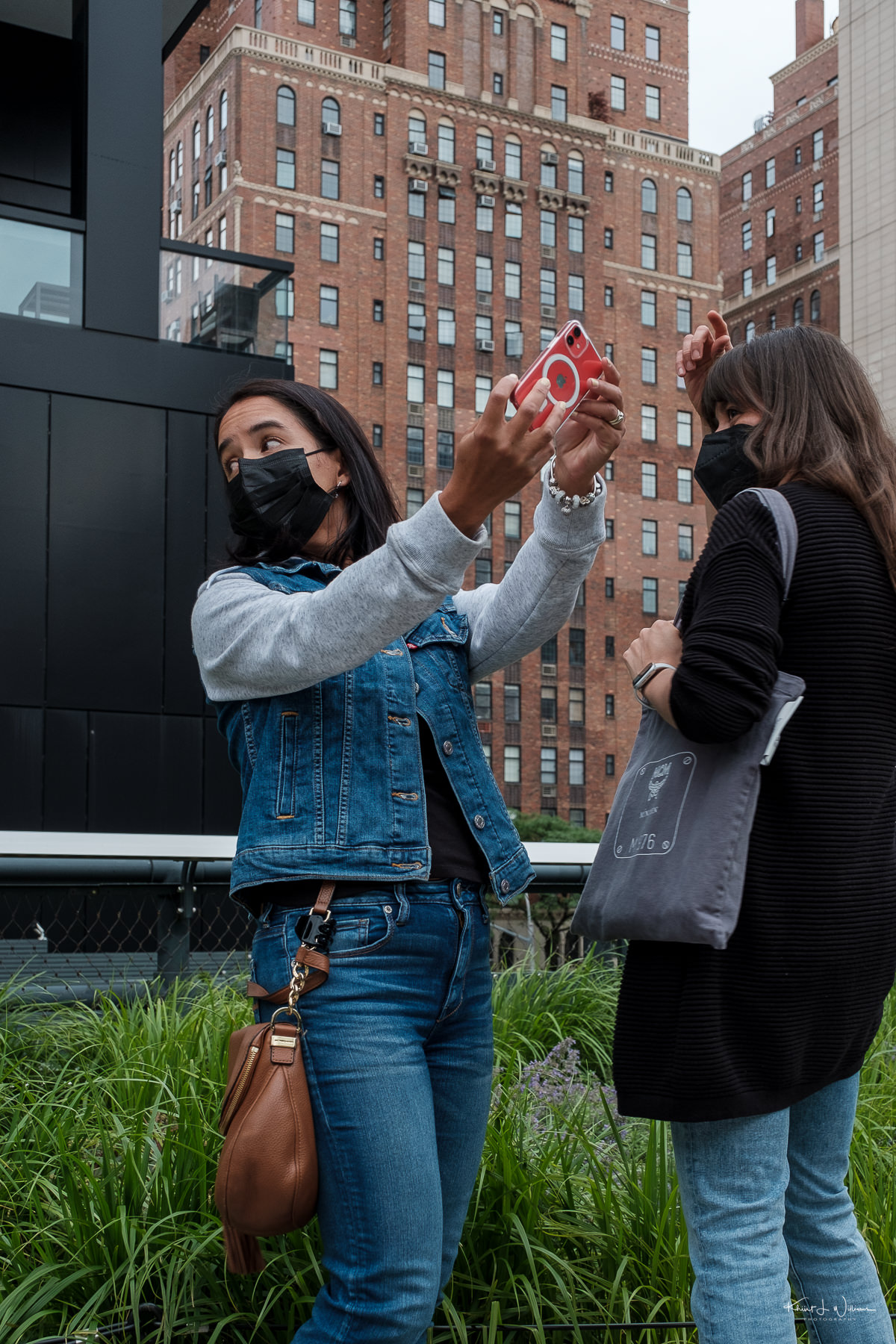
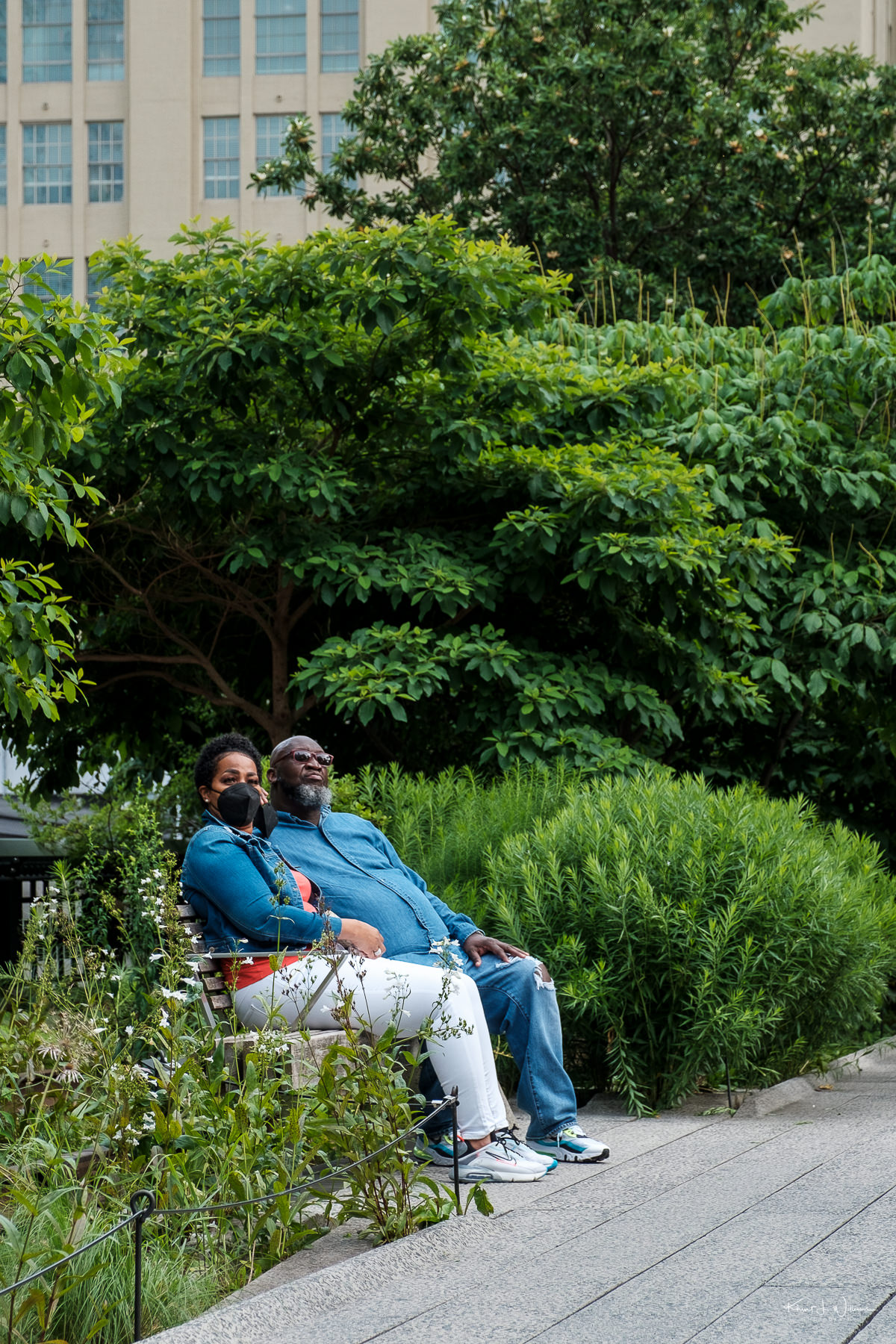

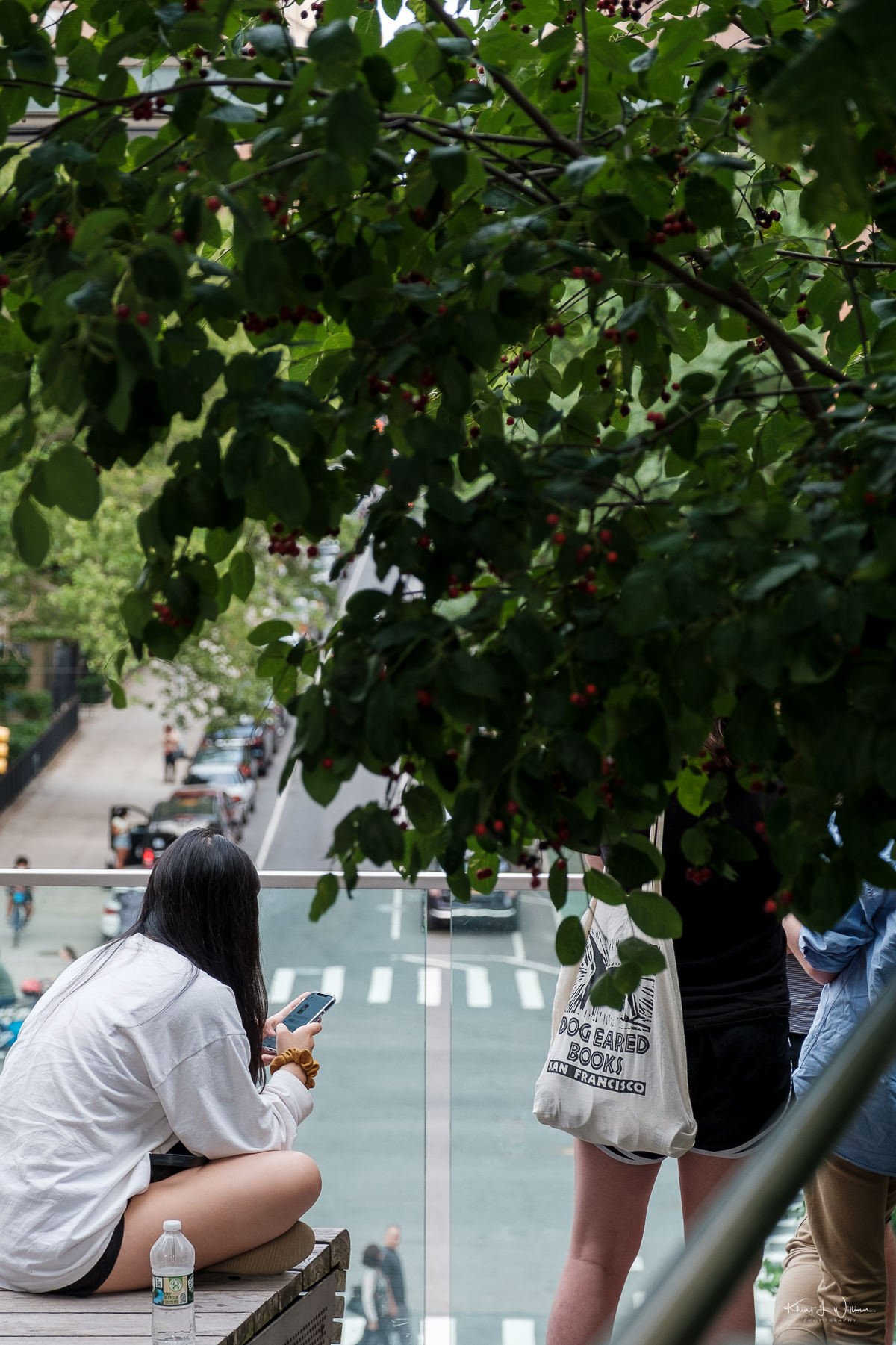
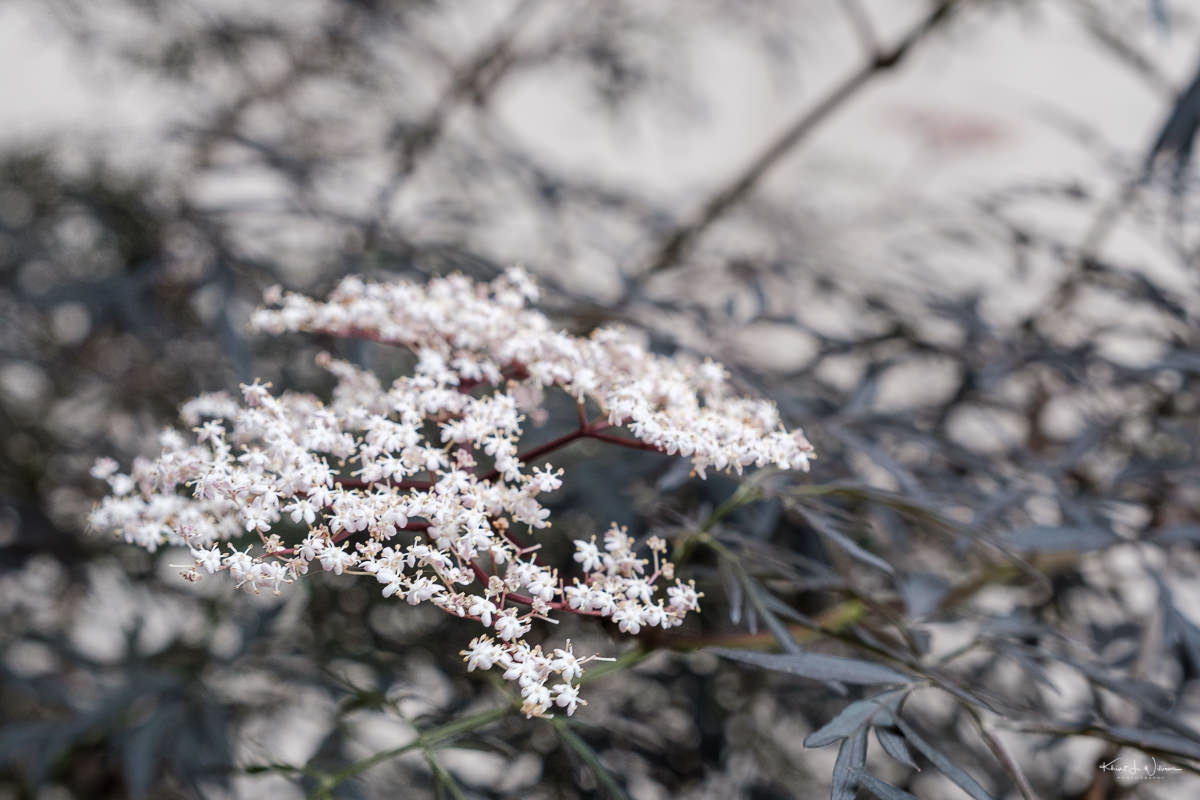

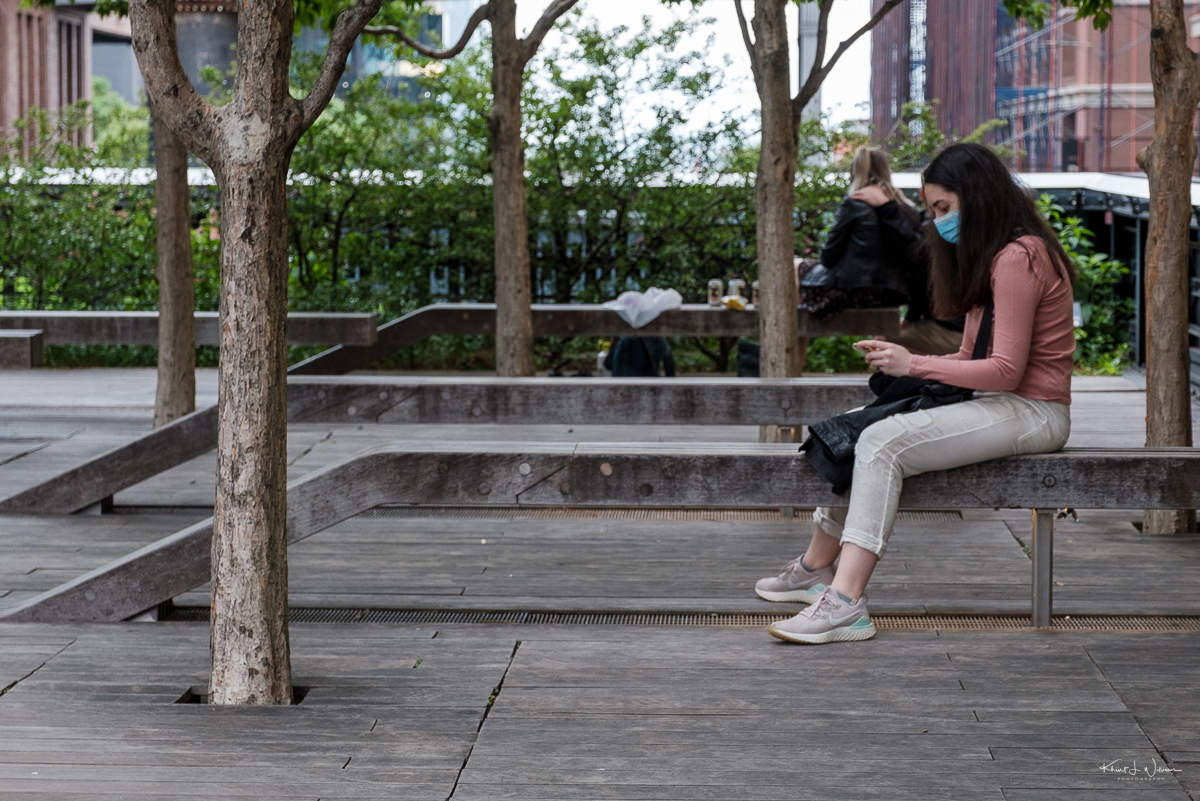
The Vessel at Hudson Yards
This was my first visit to the Vessel, and I was overwhelmed. Josh had arranged ticket entry, and we were allowed in a group. We set a time and a location to meet and then split up to pursue whatever object we desired.
There was a lot of climbing, and as the sunset, we all seemed to find a spot to practice shooting silhouettes. Then we went back down to the Backyard at Hudson Yards, where we photographed some food trucks while treating ourselves to soft-serve ice cream. It was an exhausting but fun field trip.
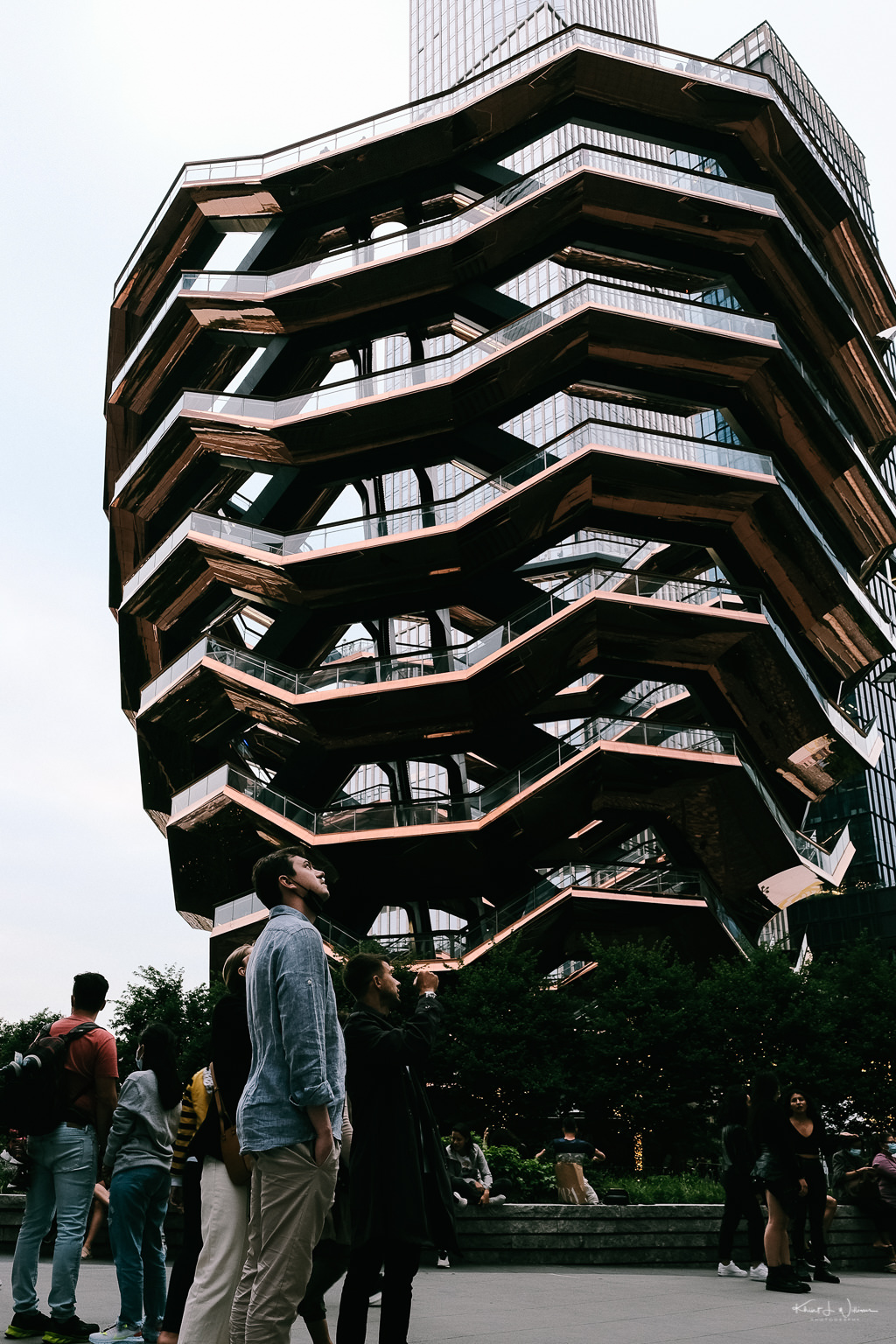

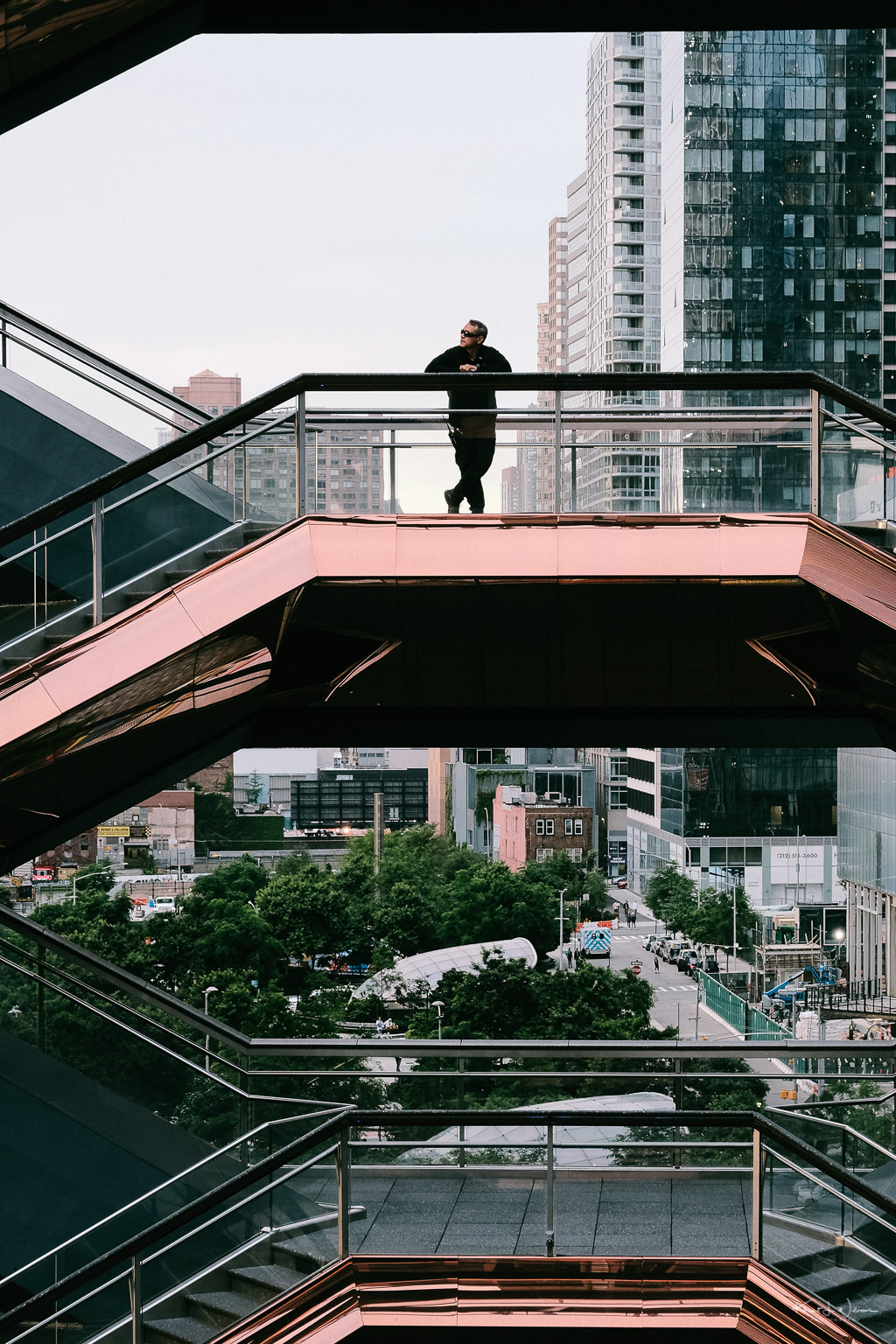
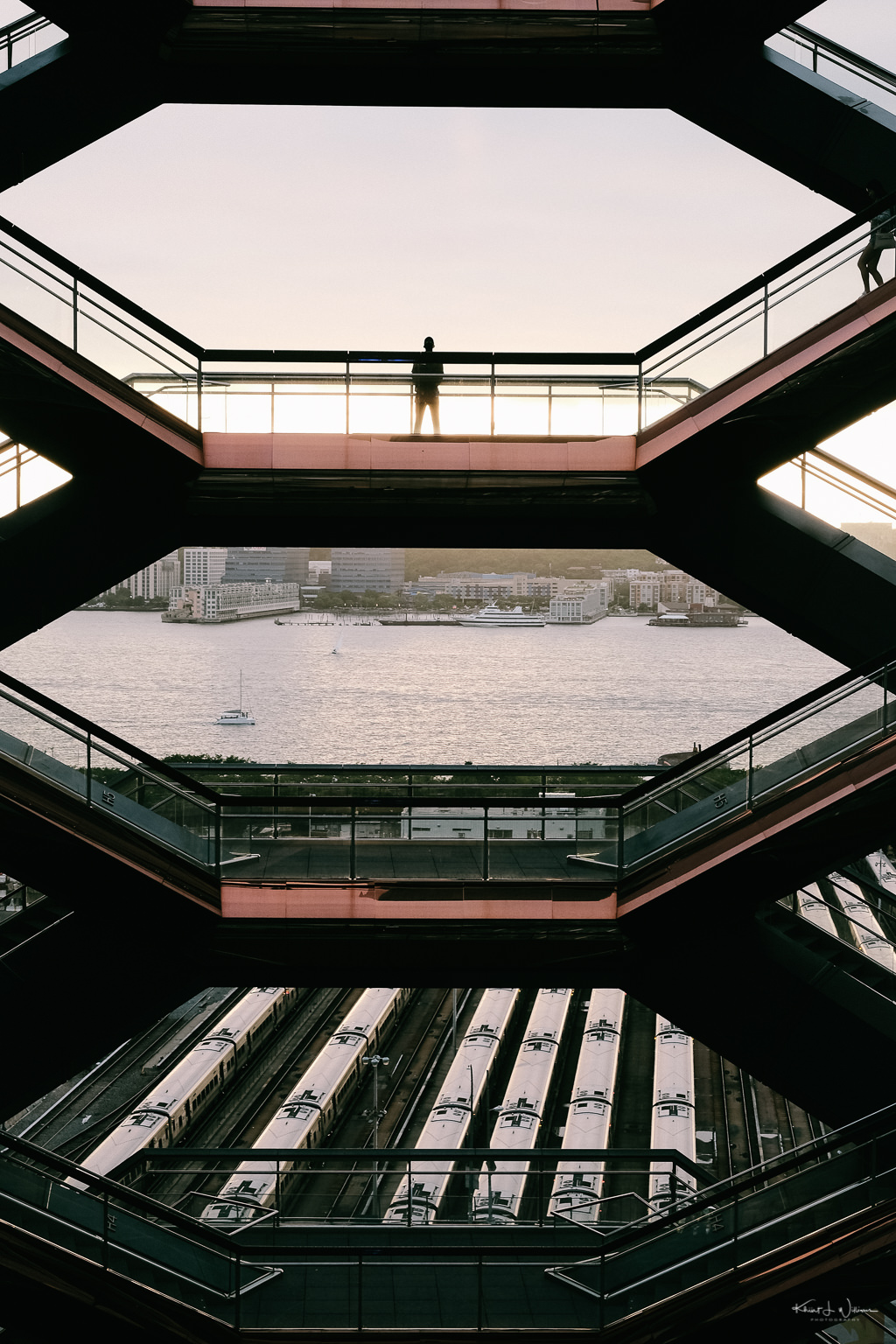
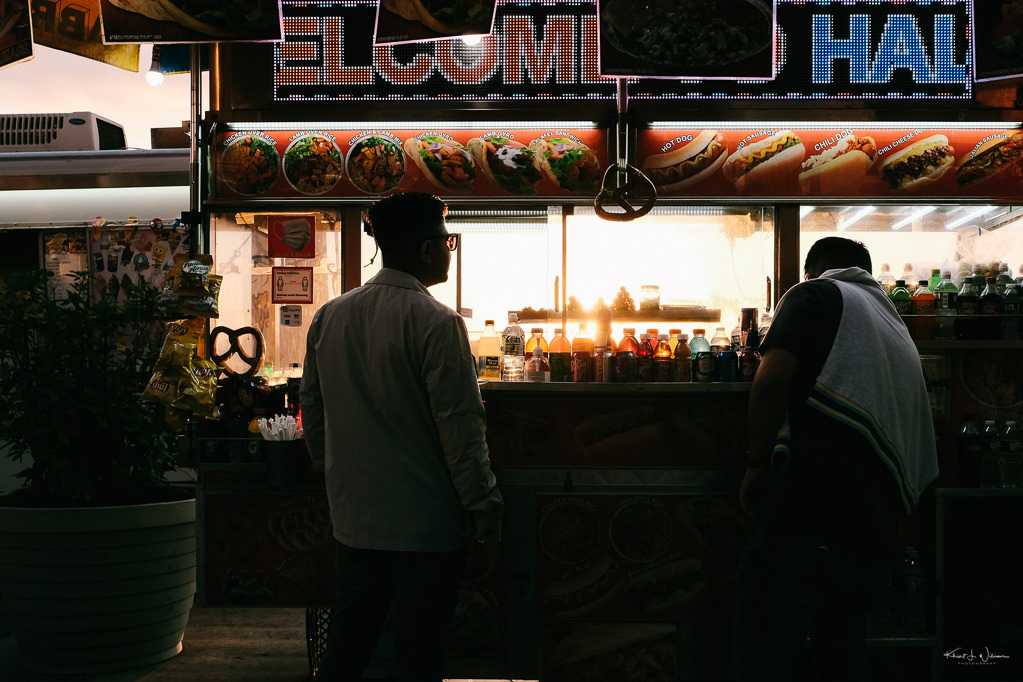

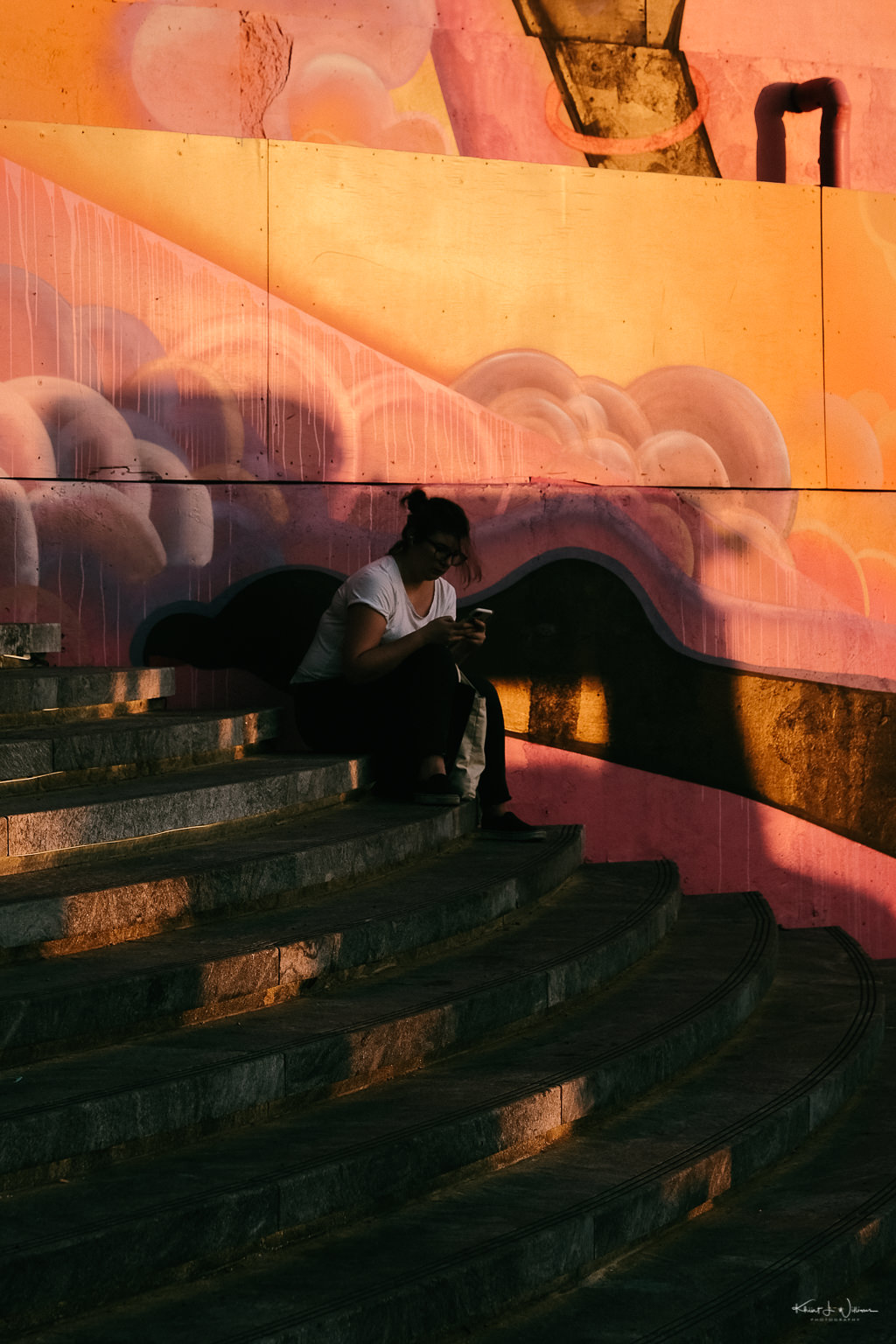
This week's Lens-Artists Challenge #152 challenge is Shades and Shadows. Fortunately, today's field trip gave me ample opportunity to find the right subjects.
- I have never heard a skin type described as Deep. ↩
